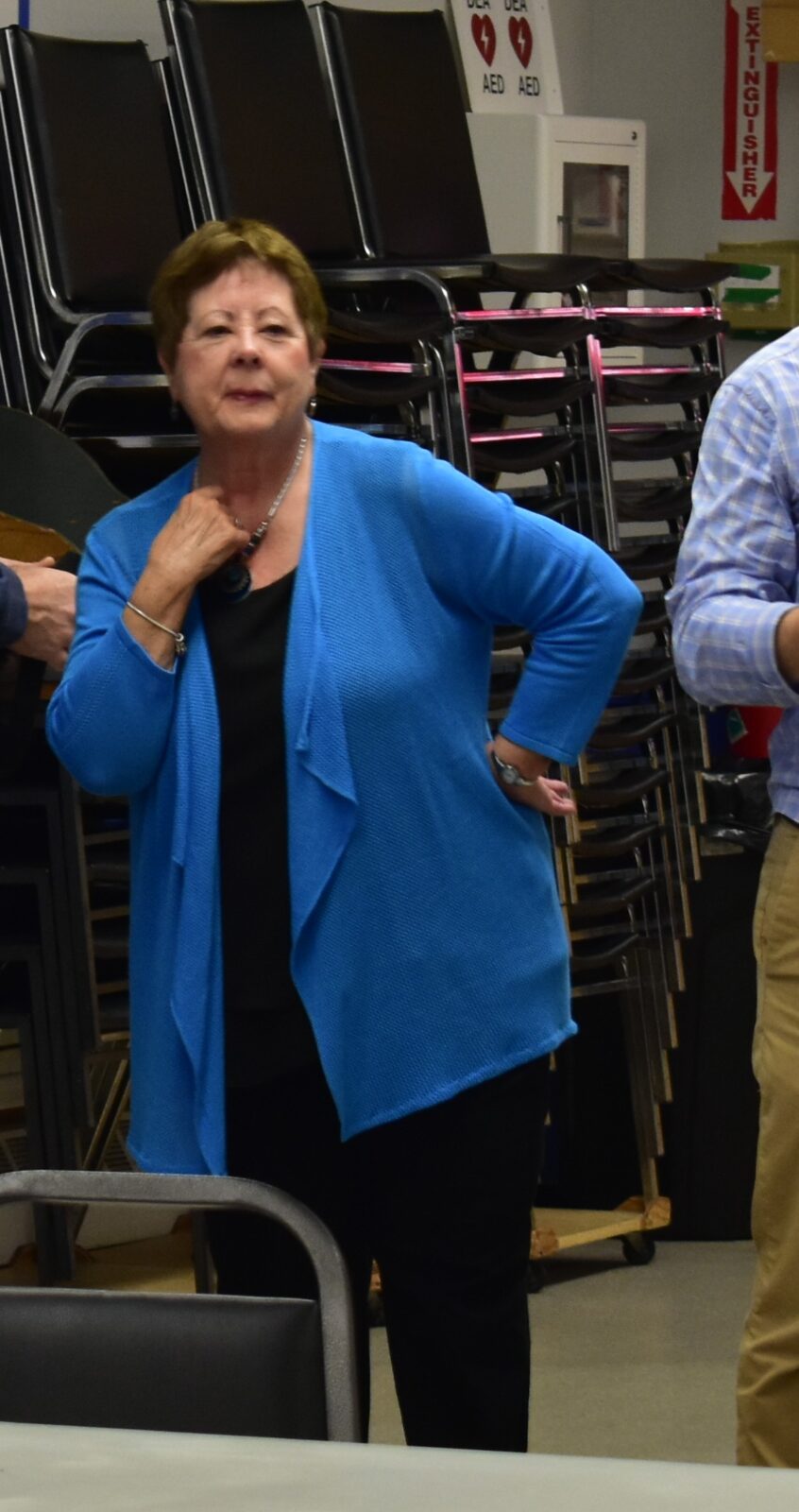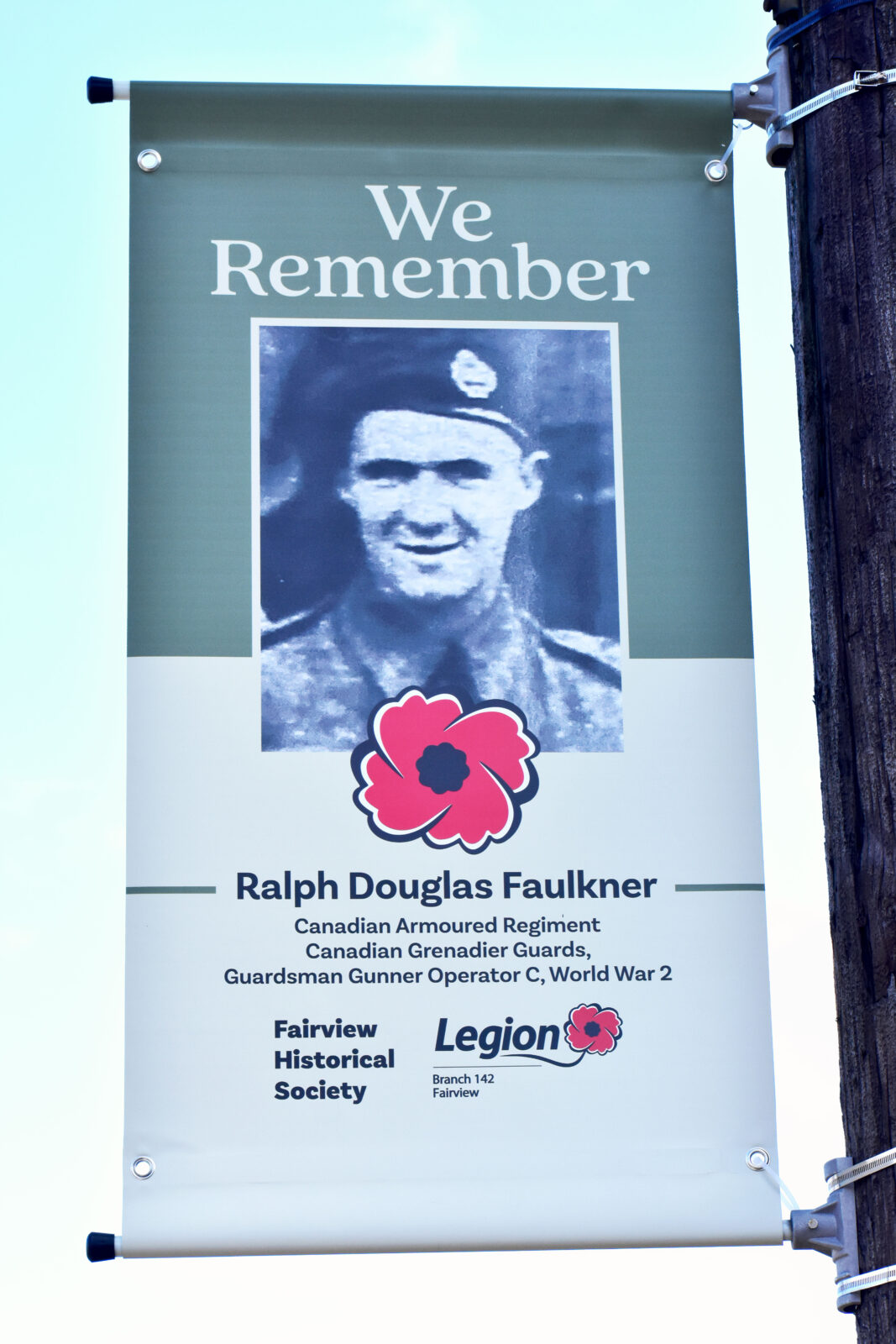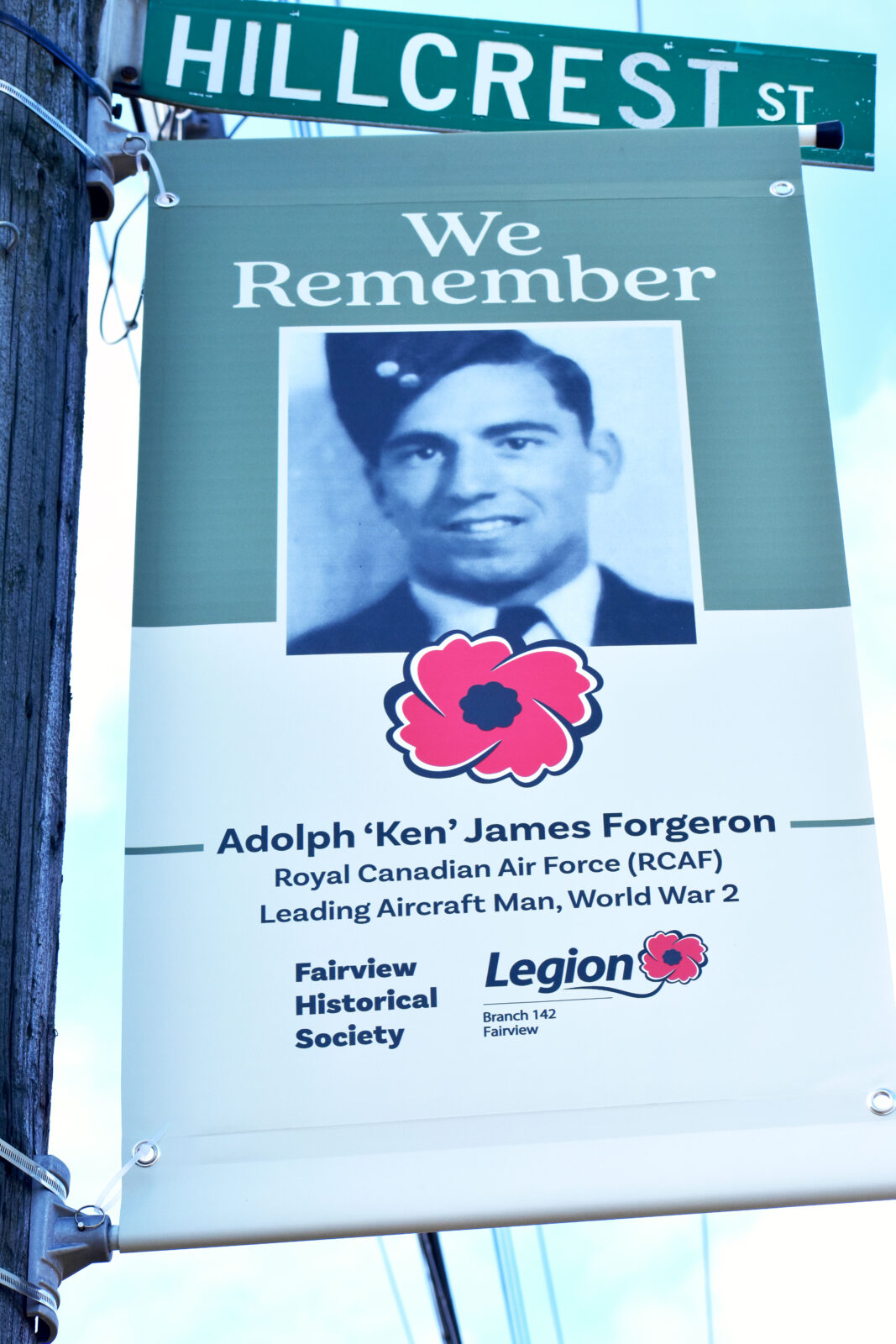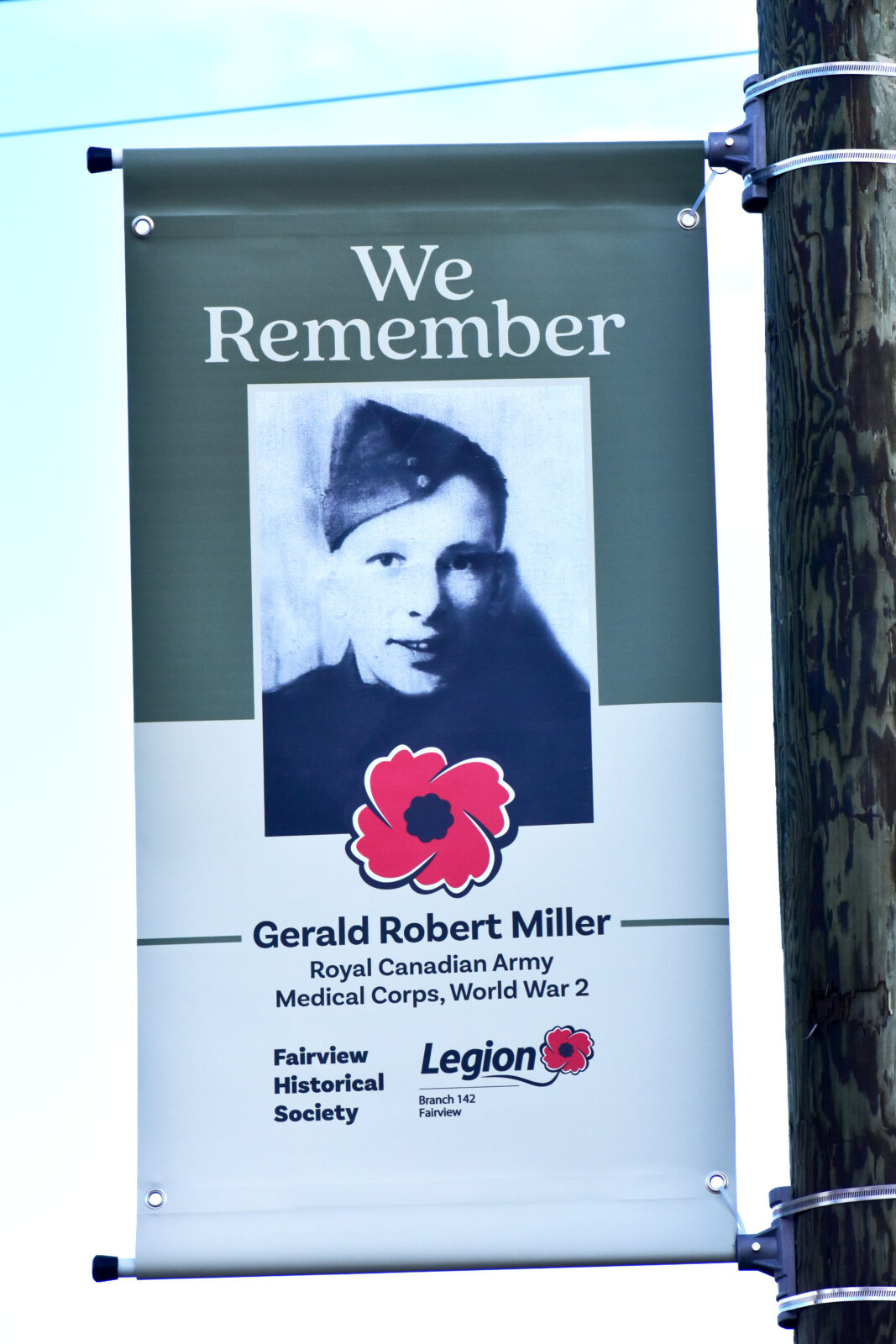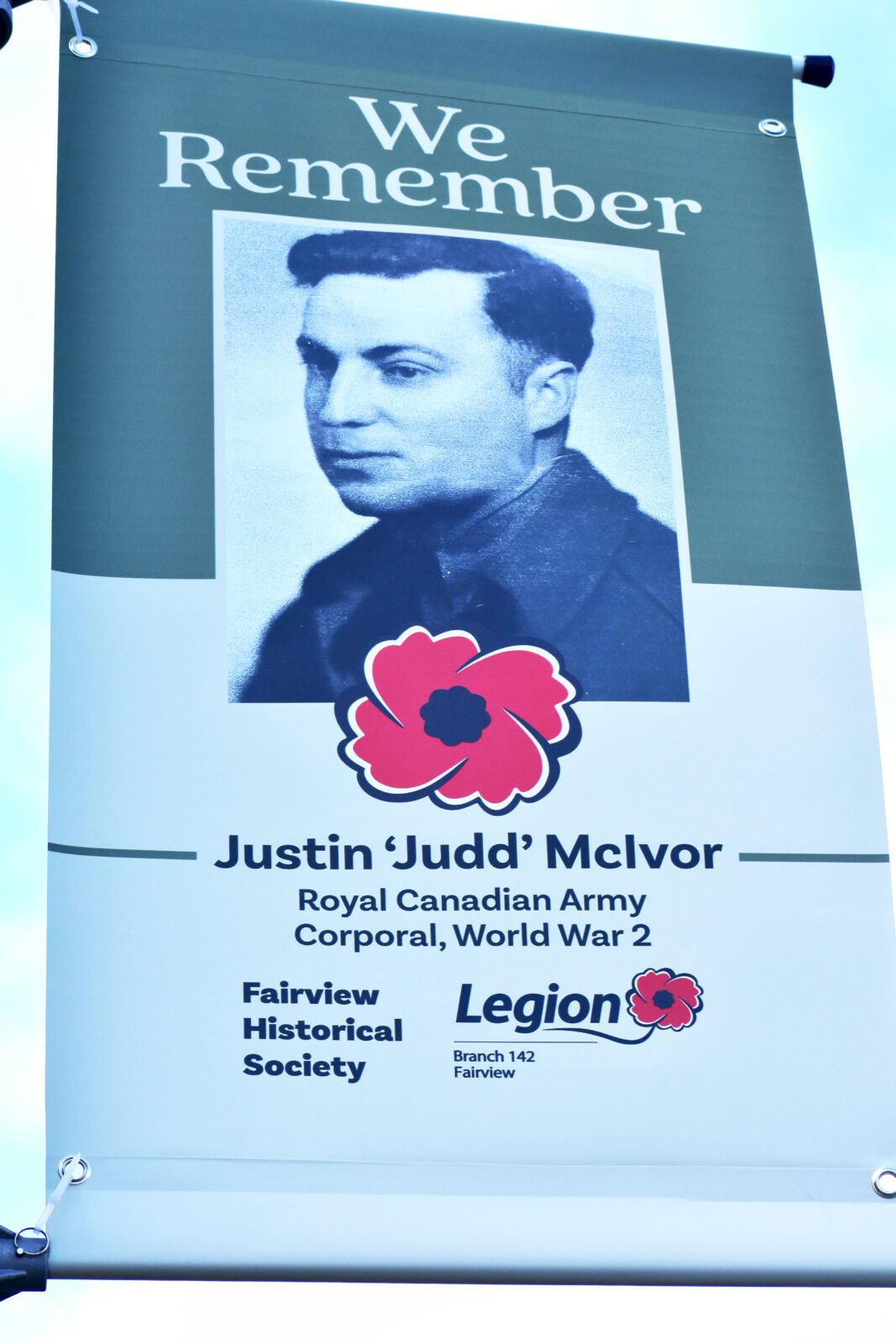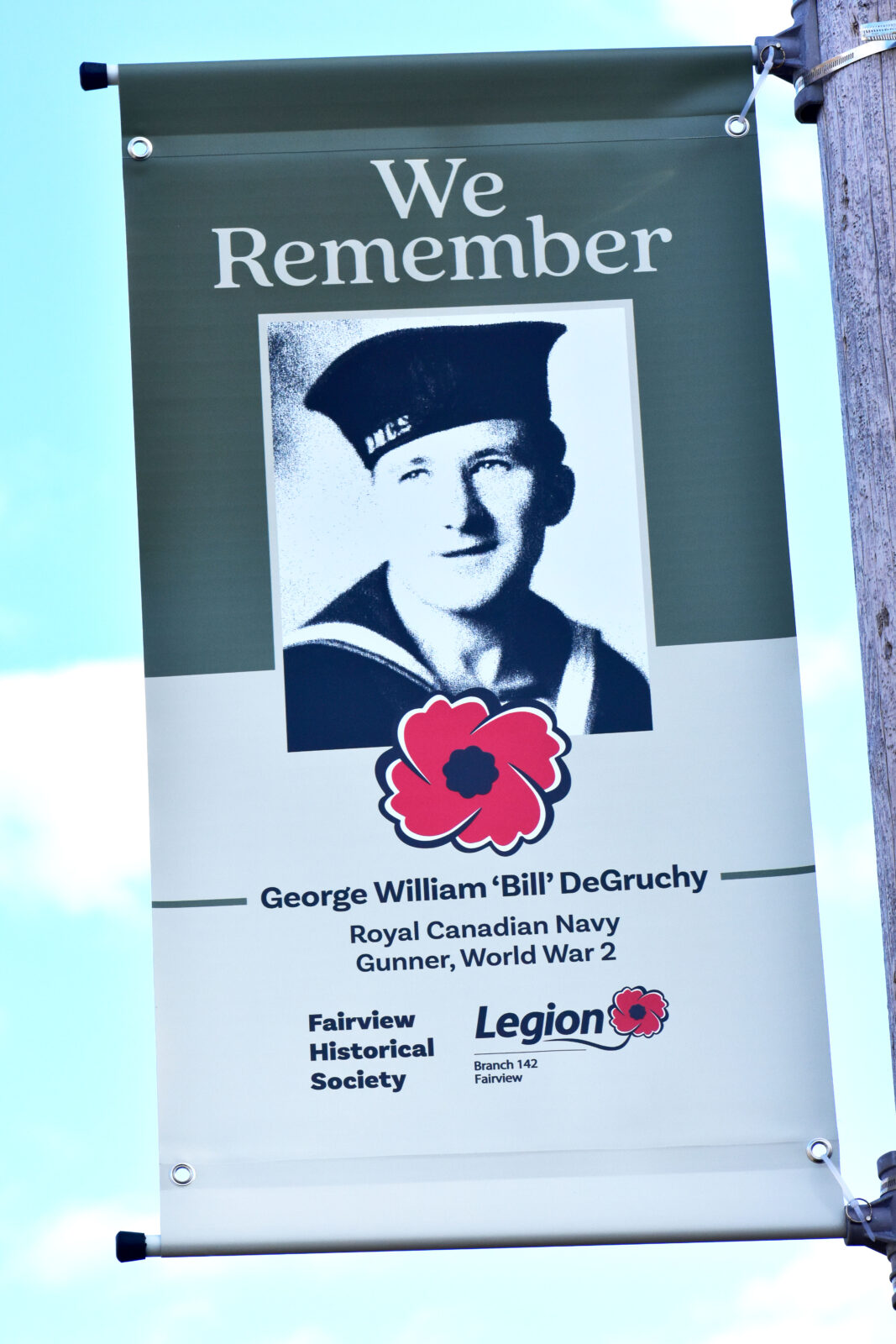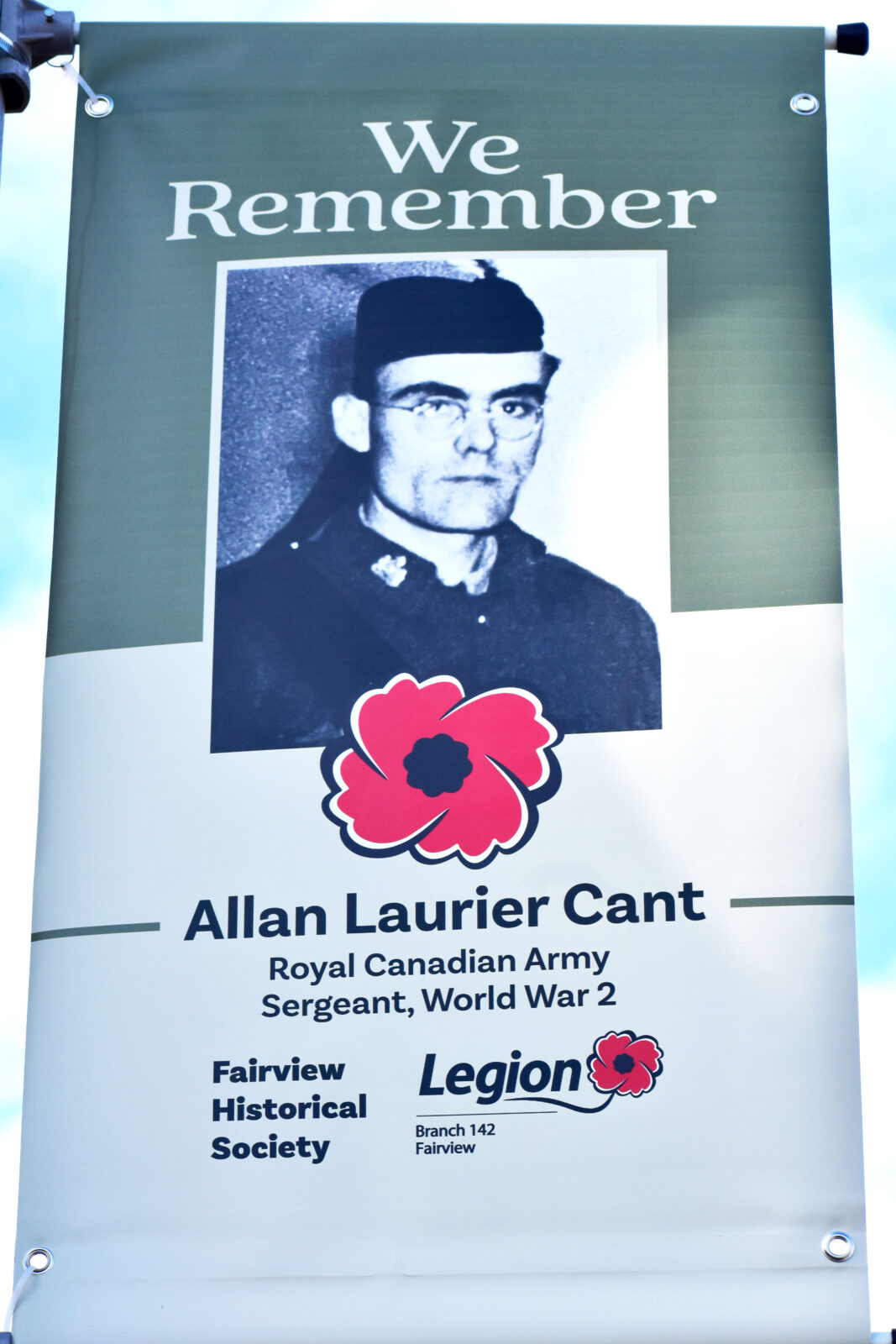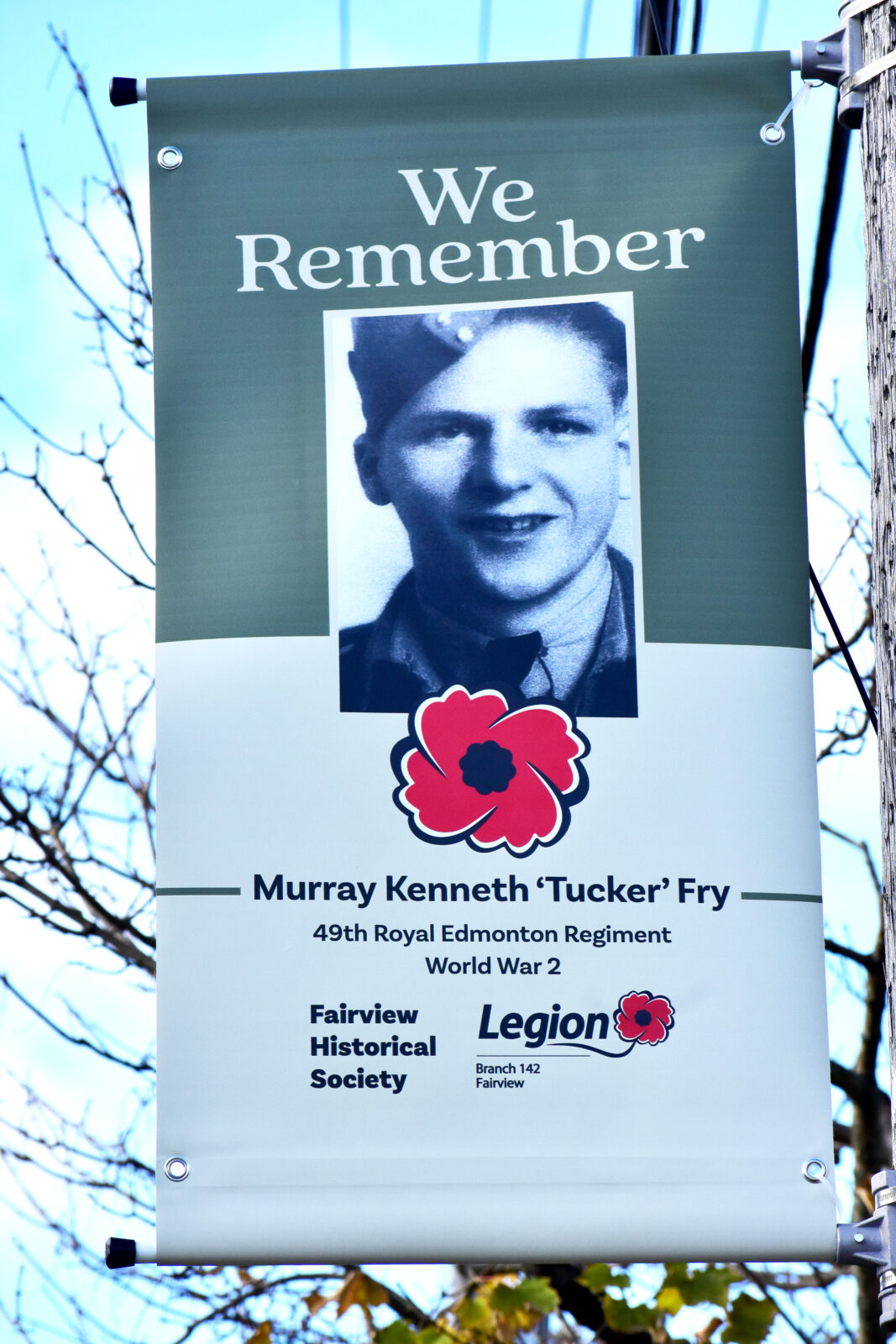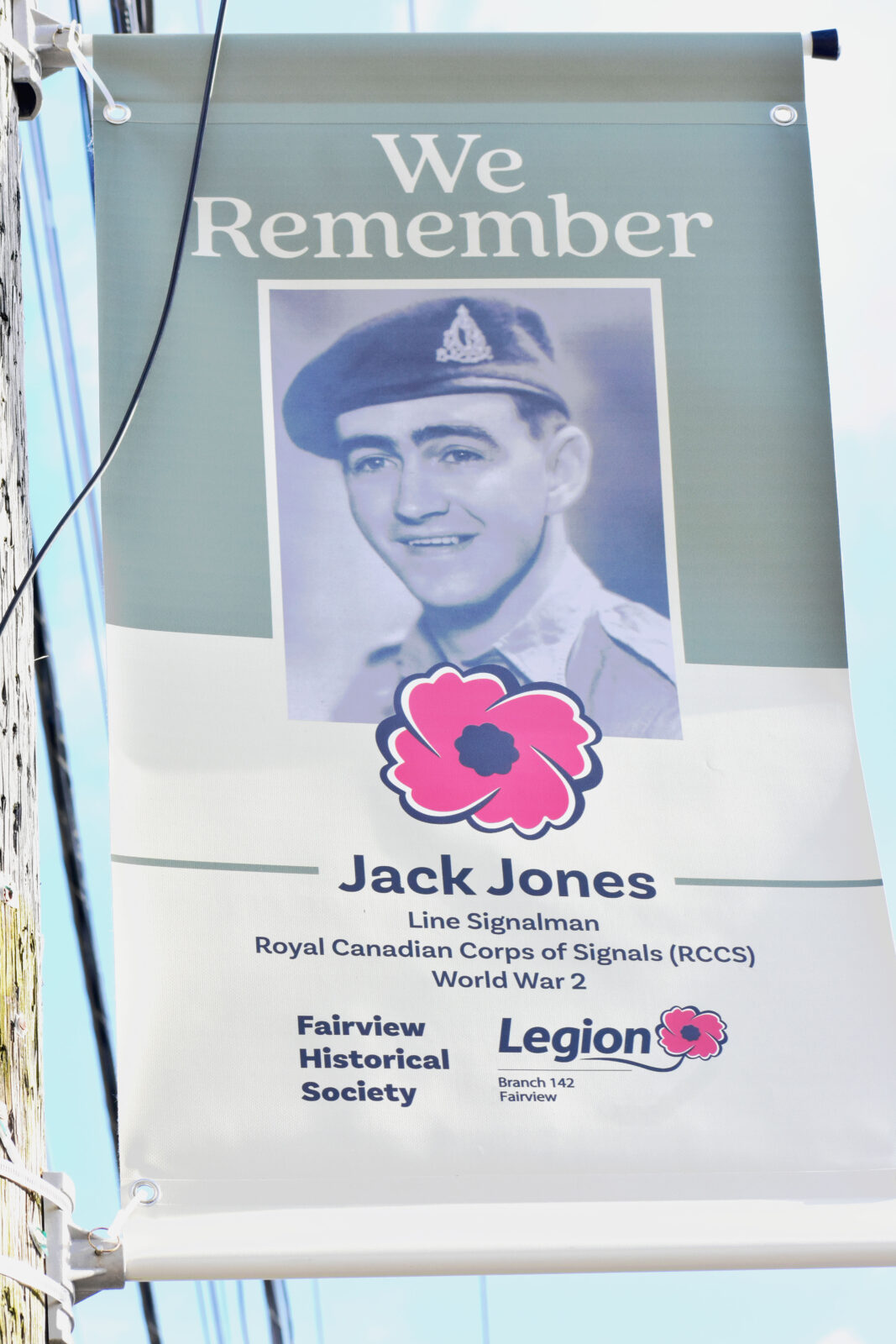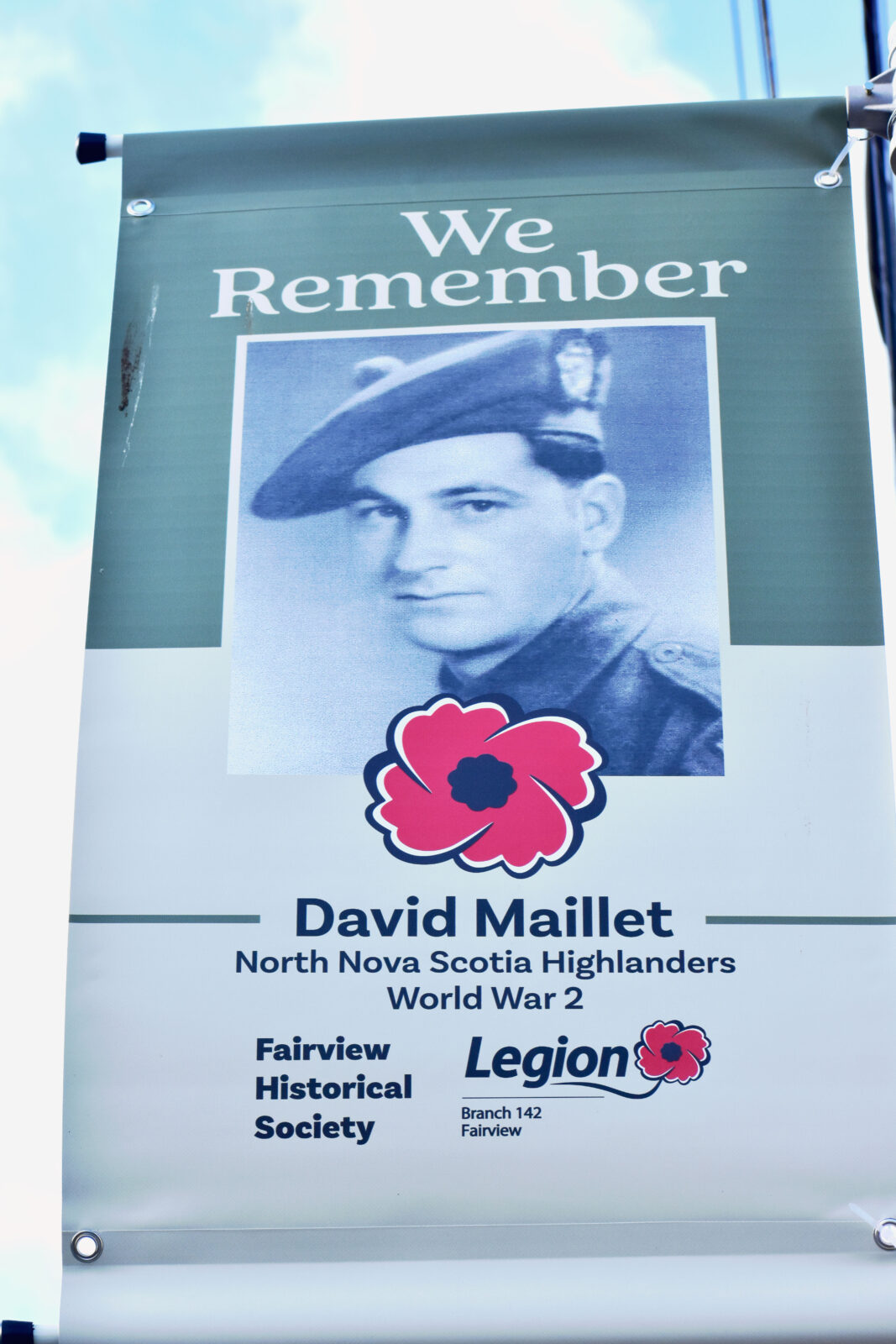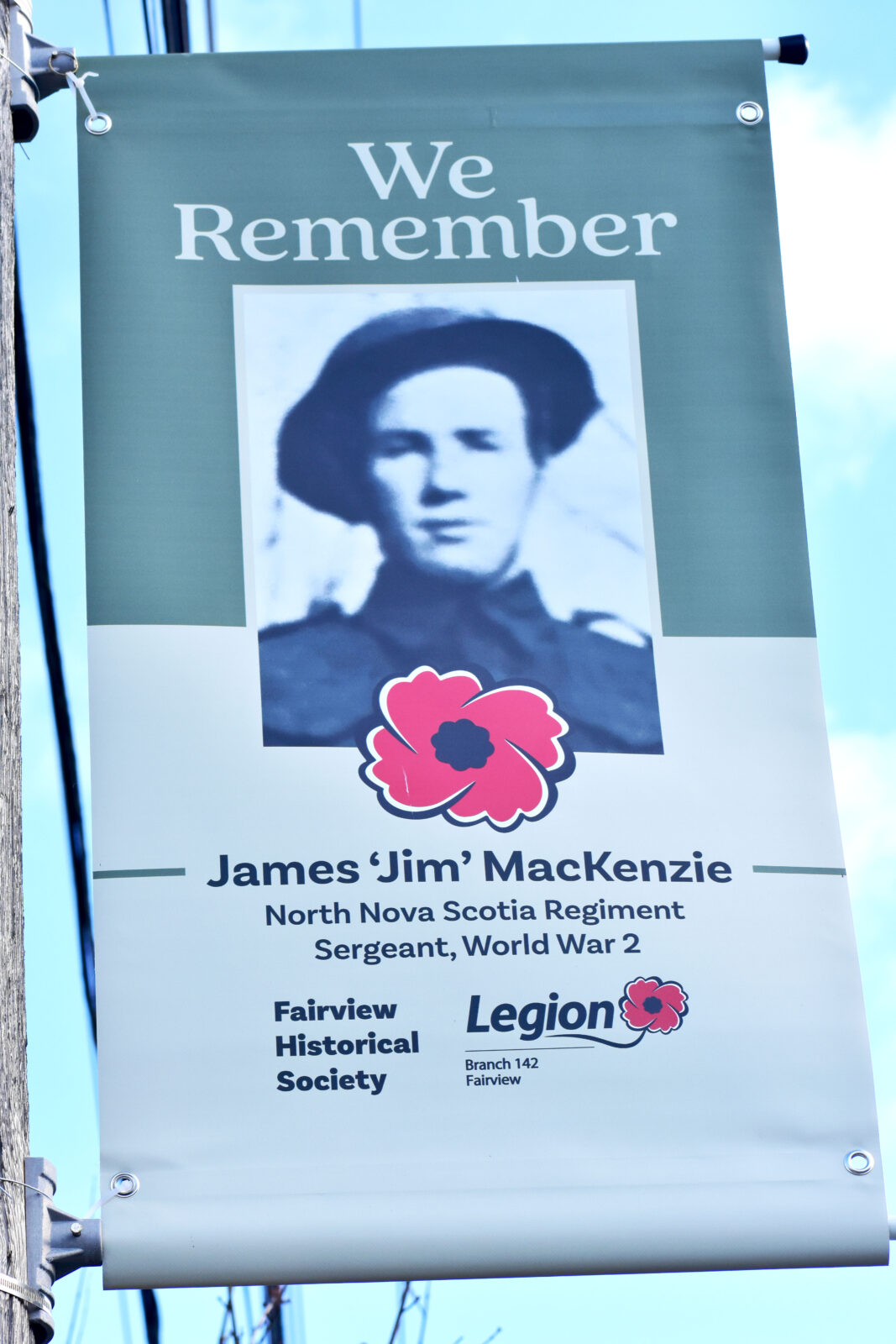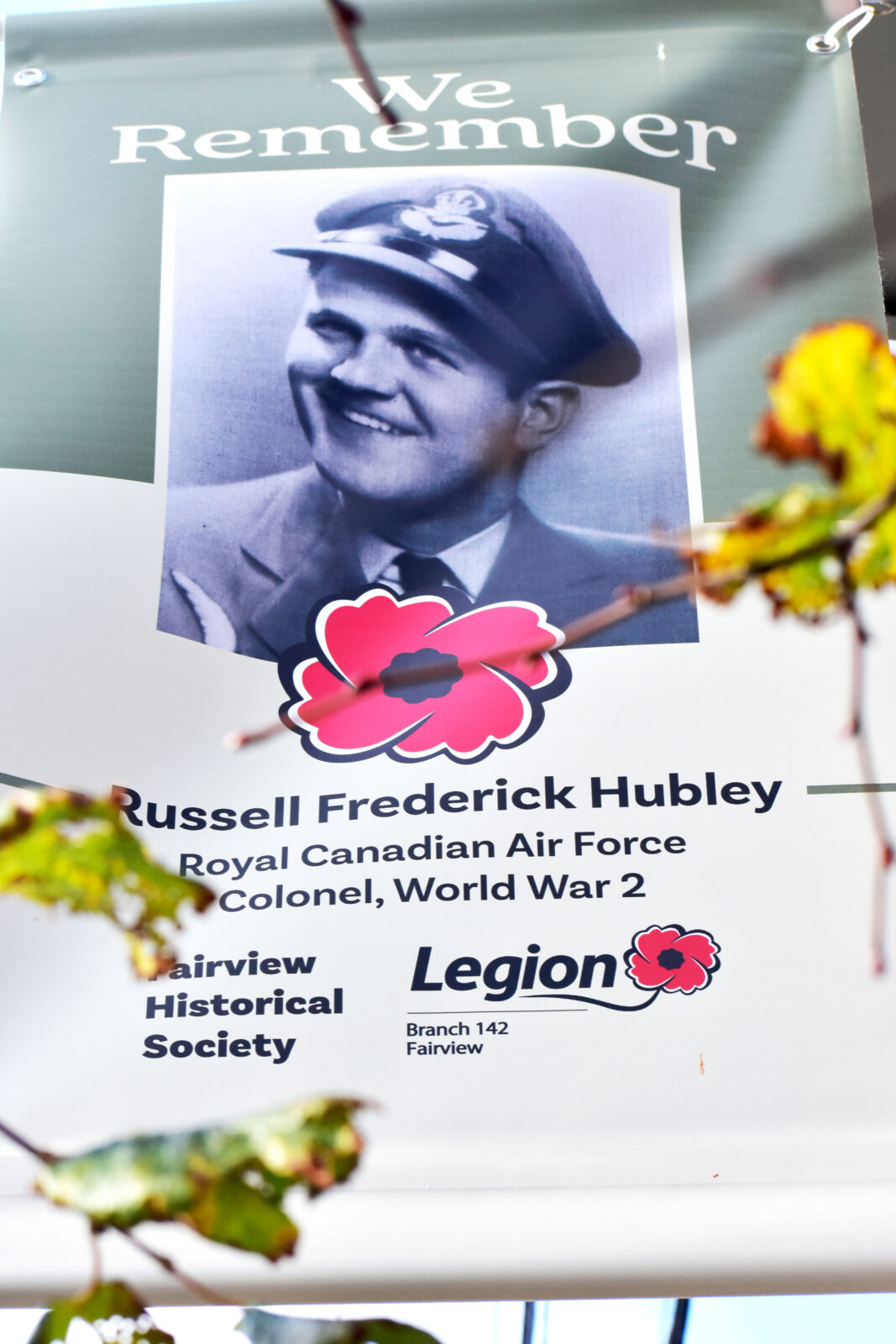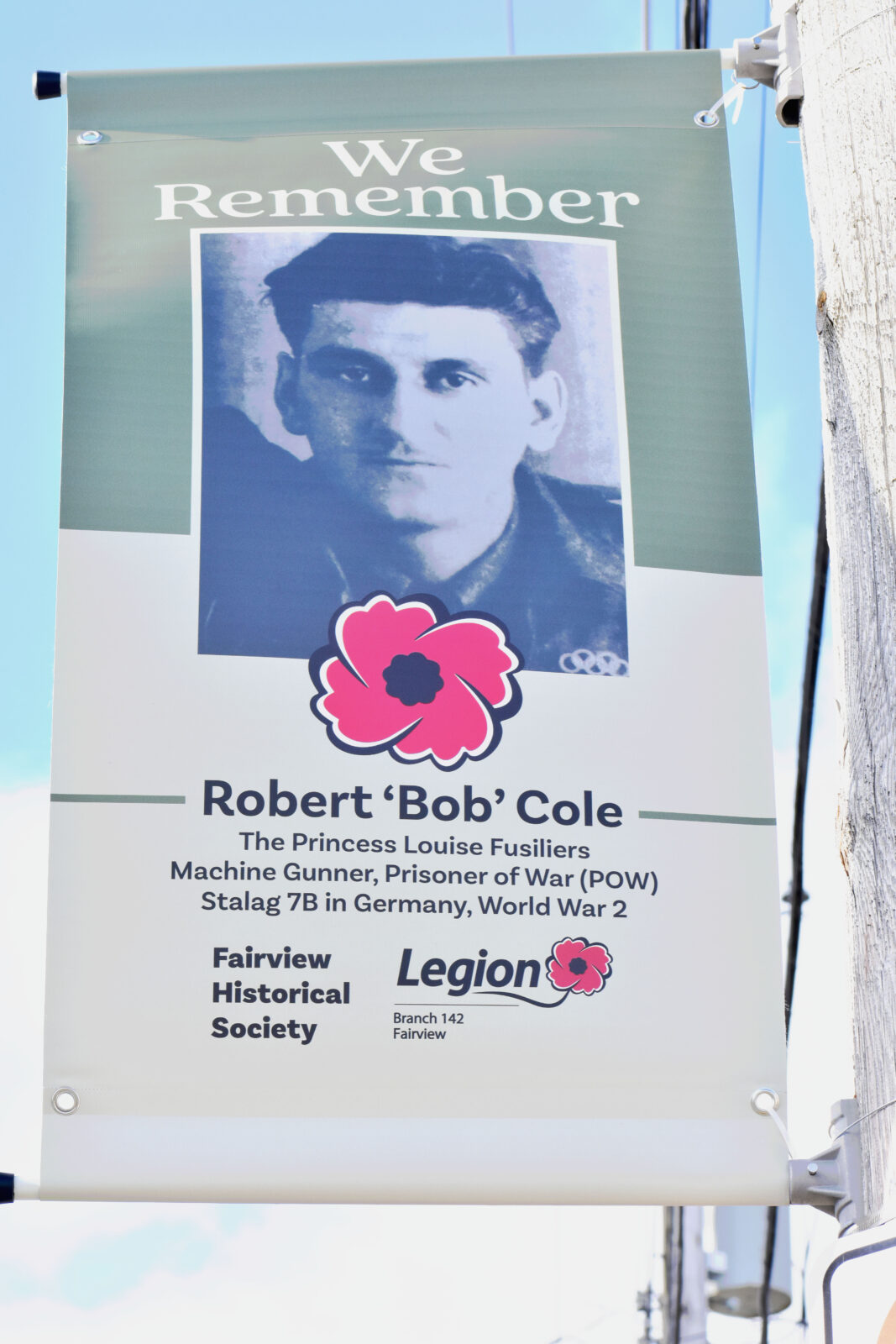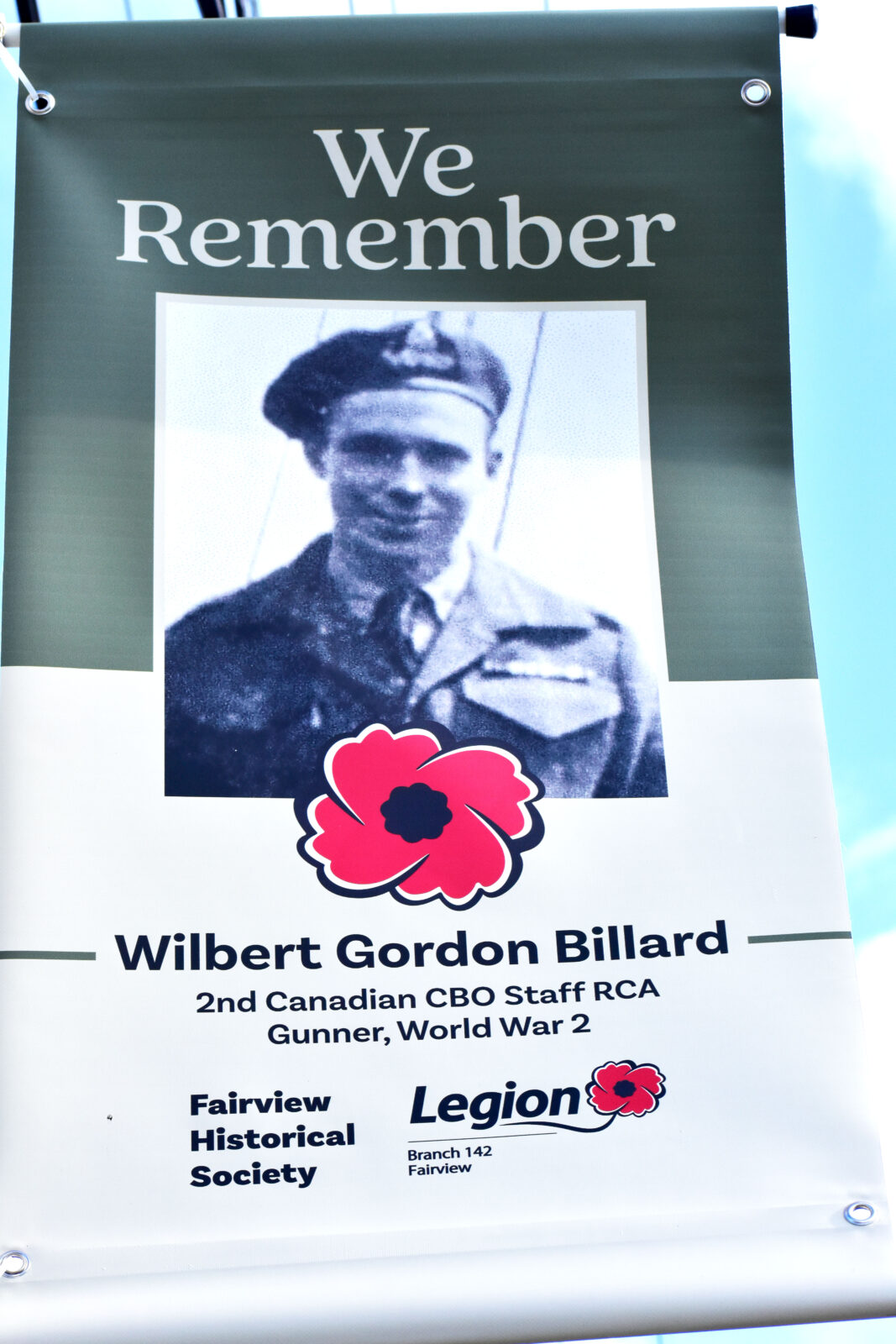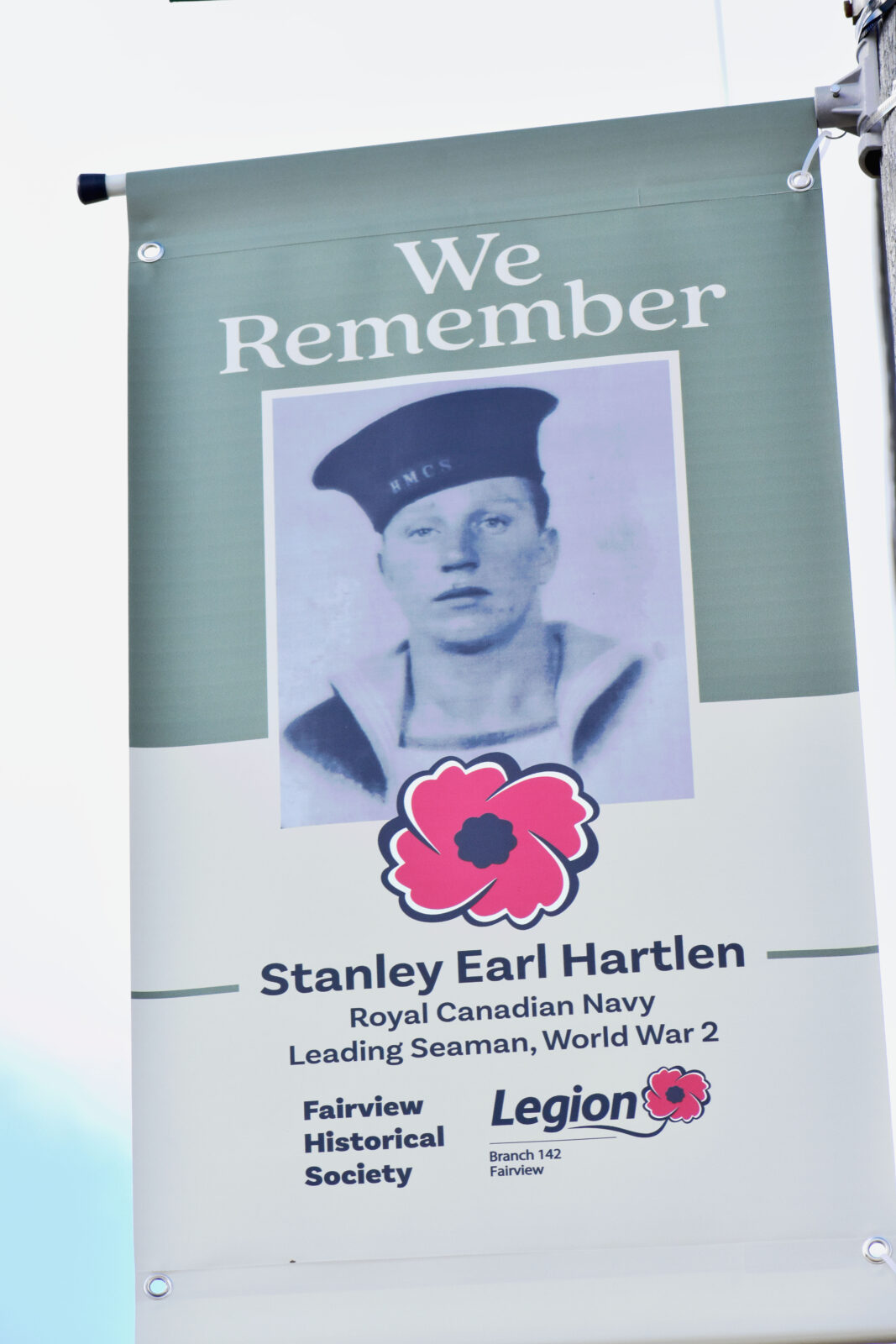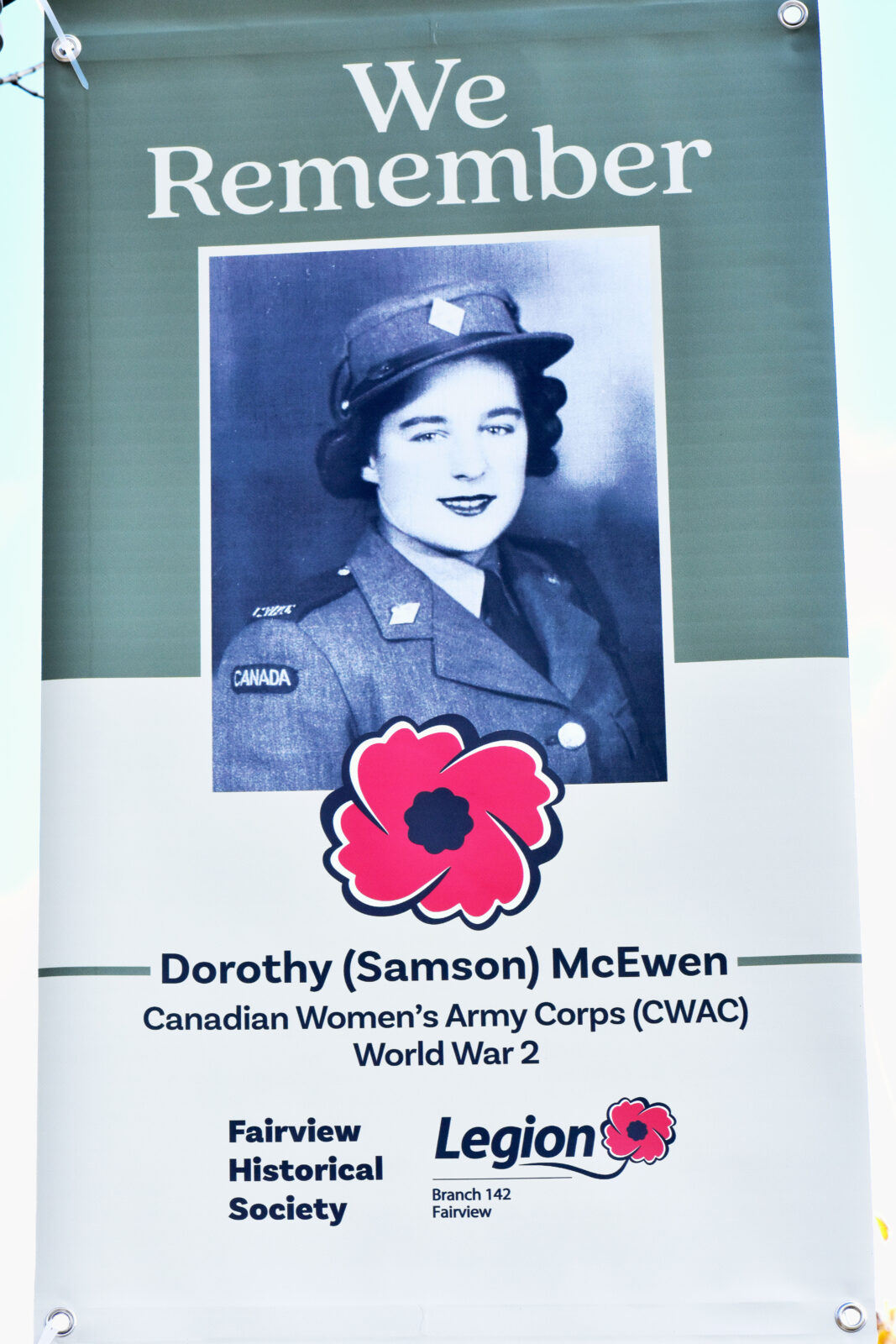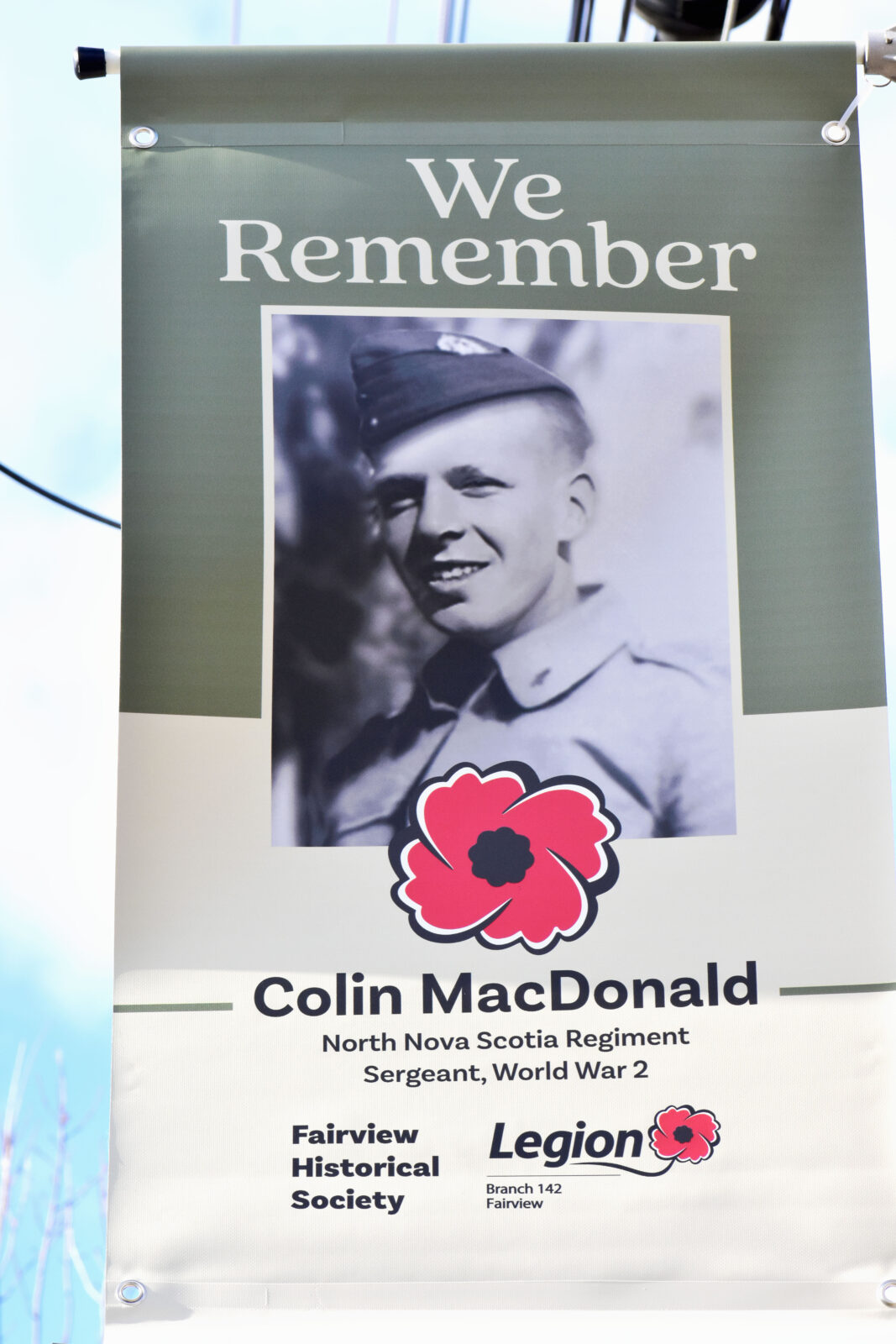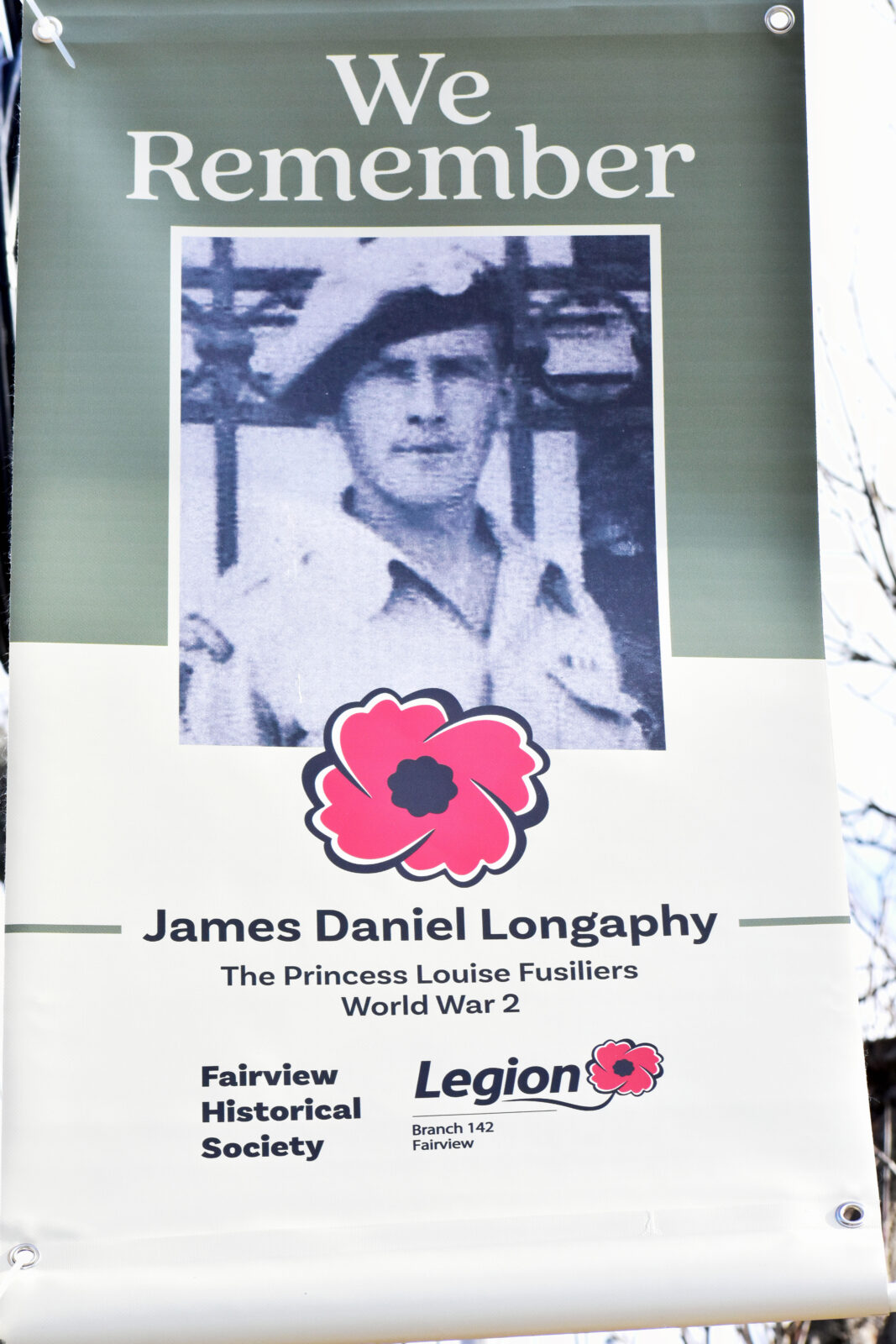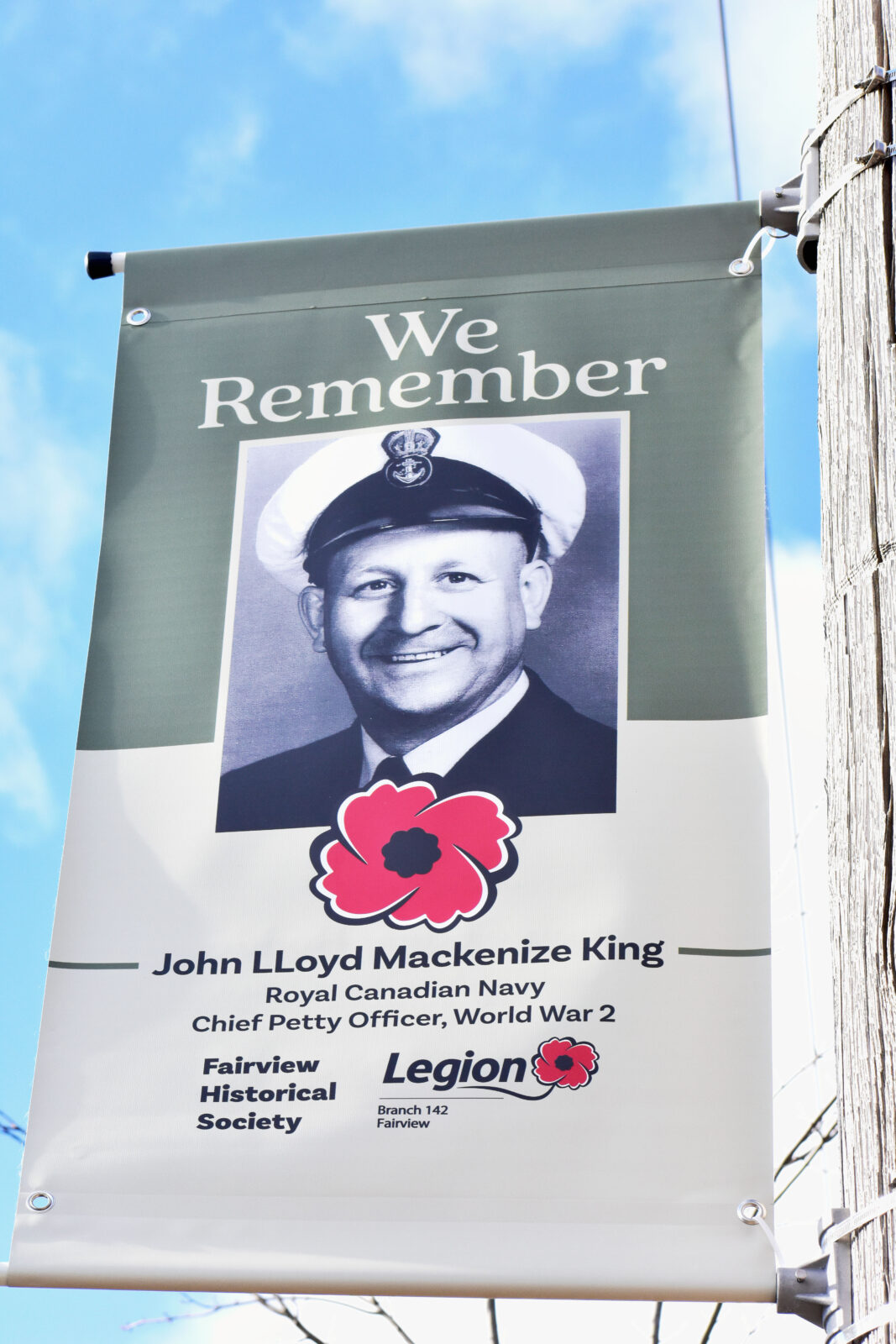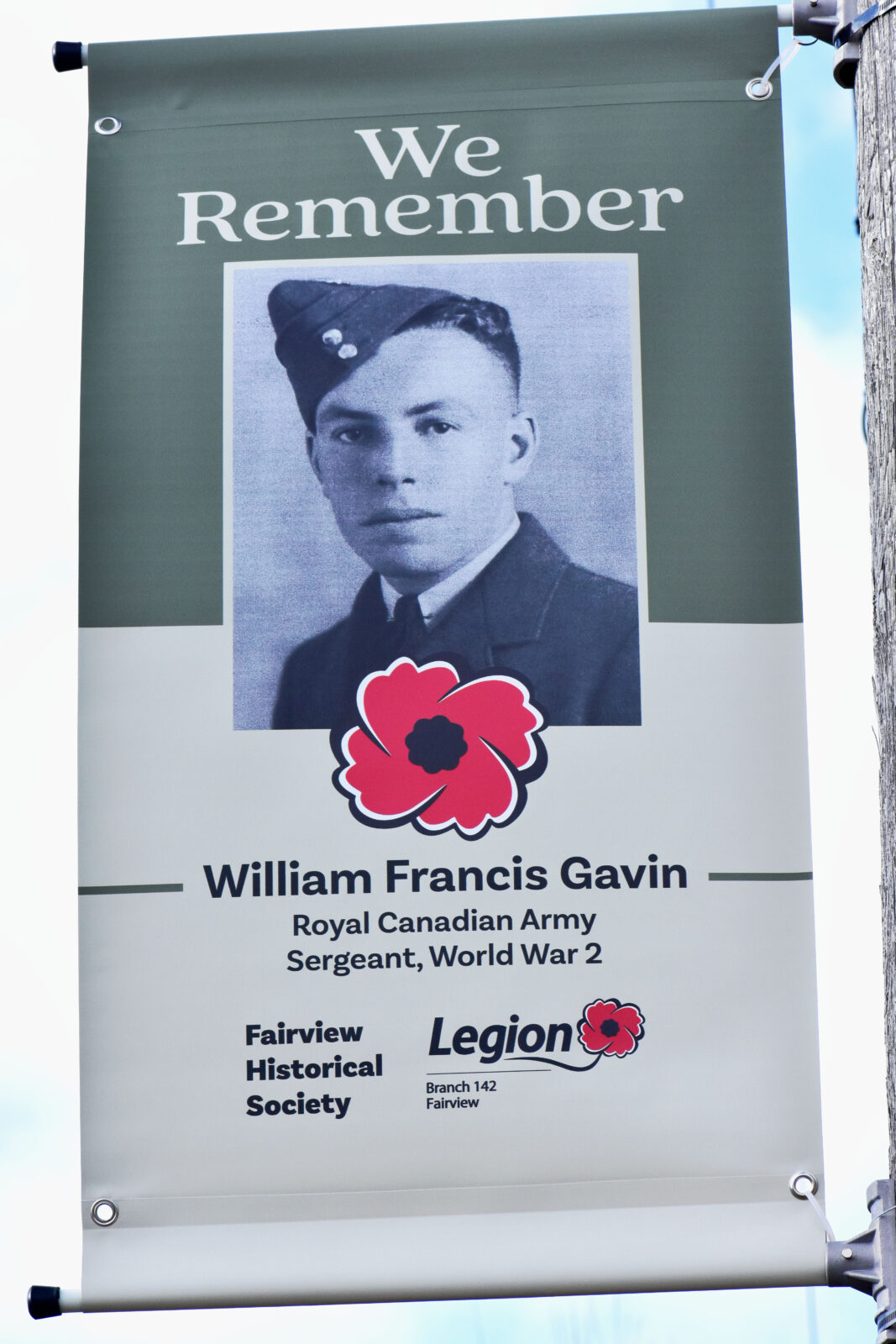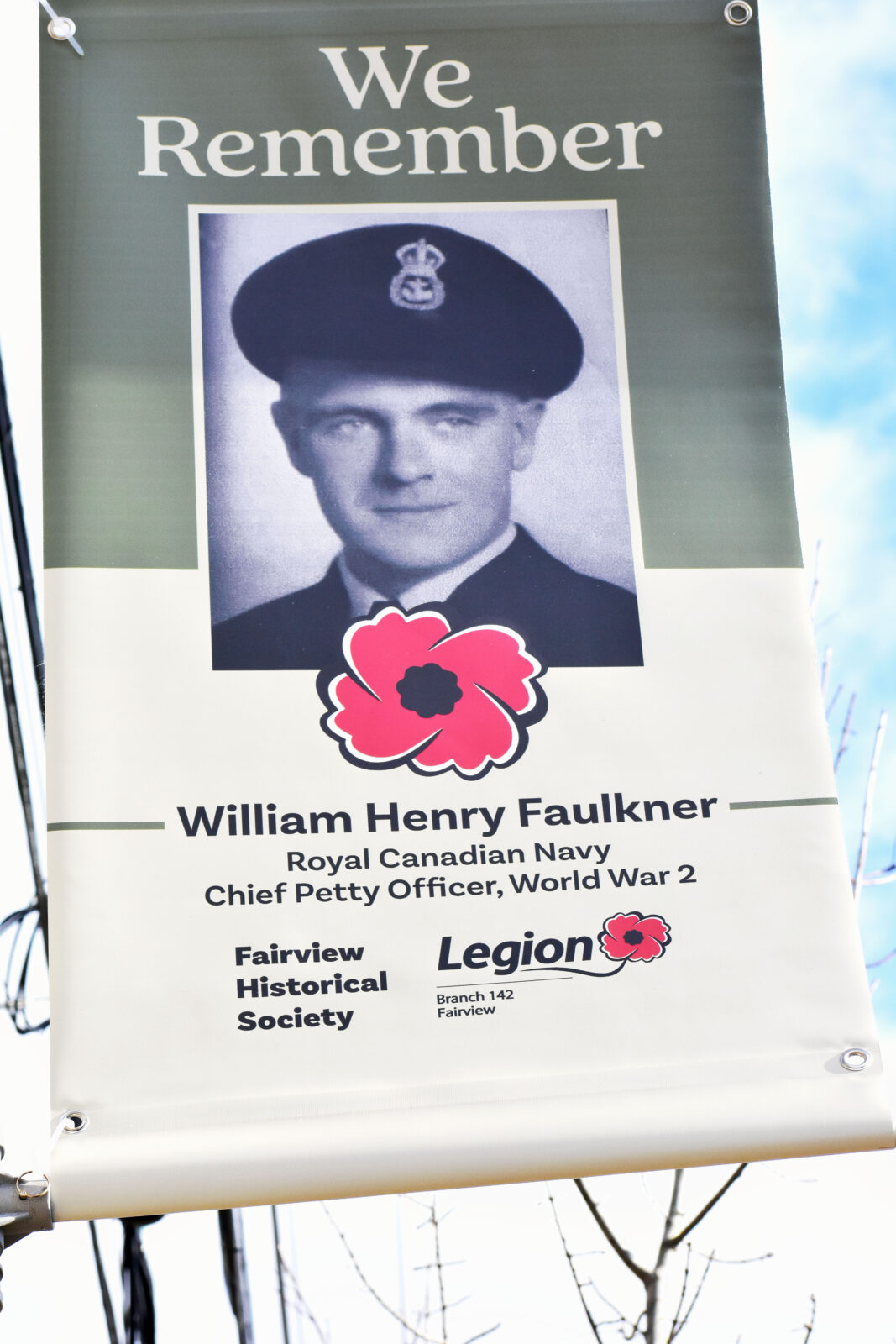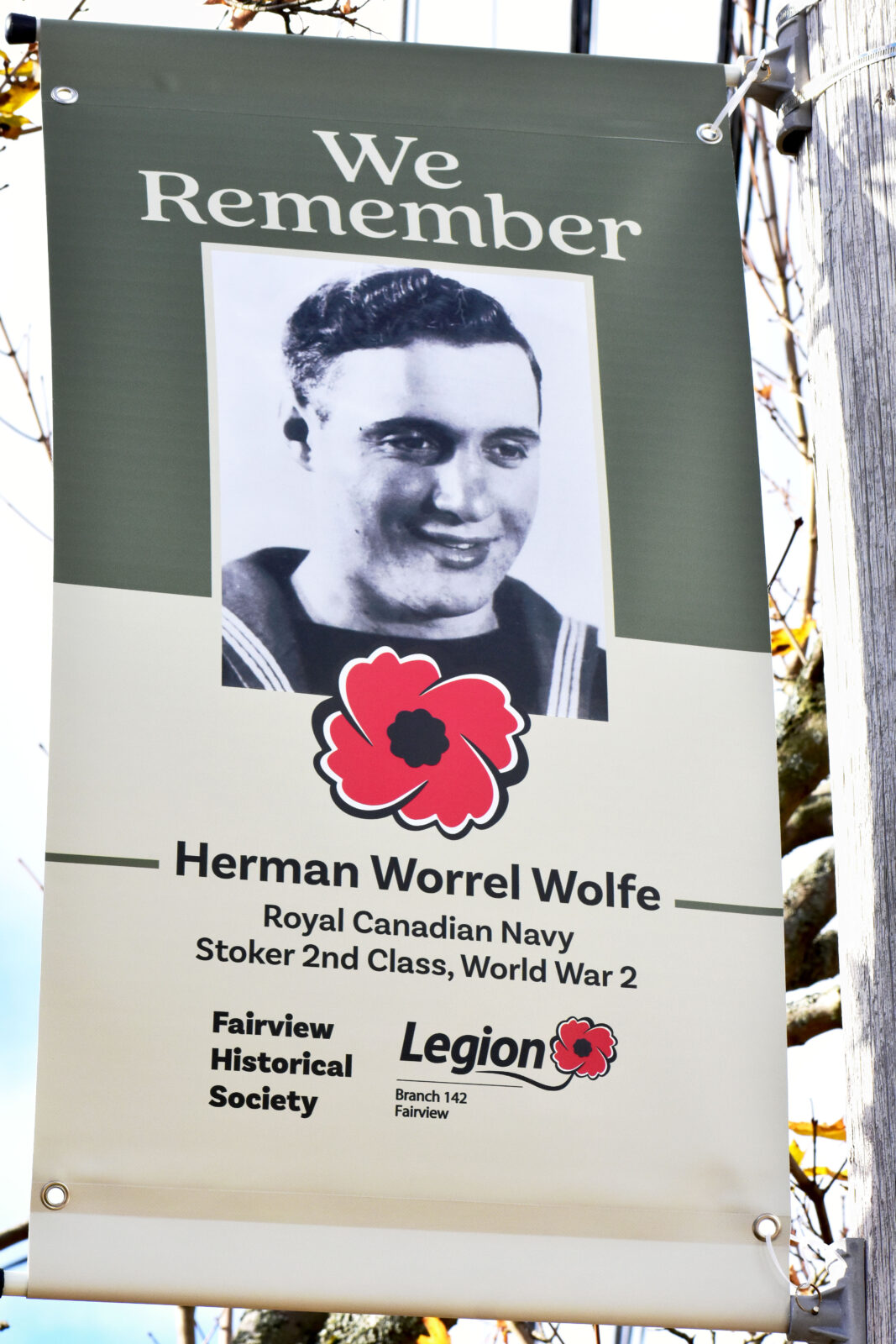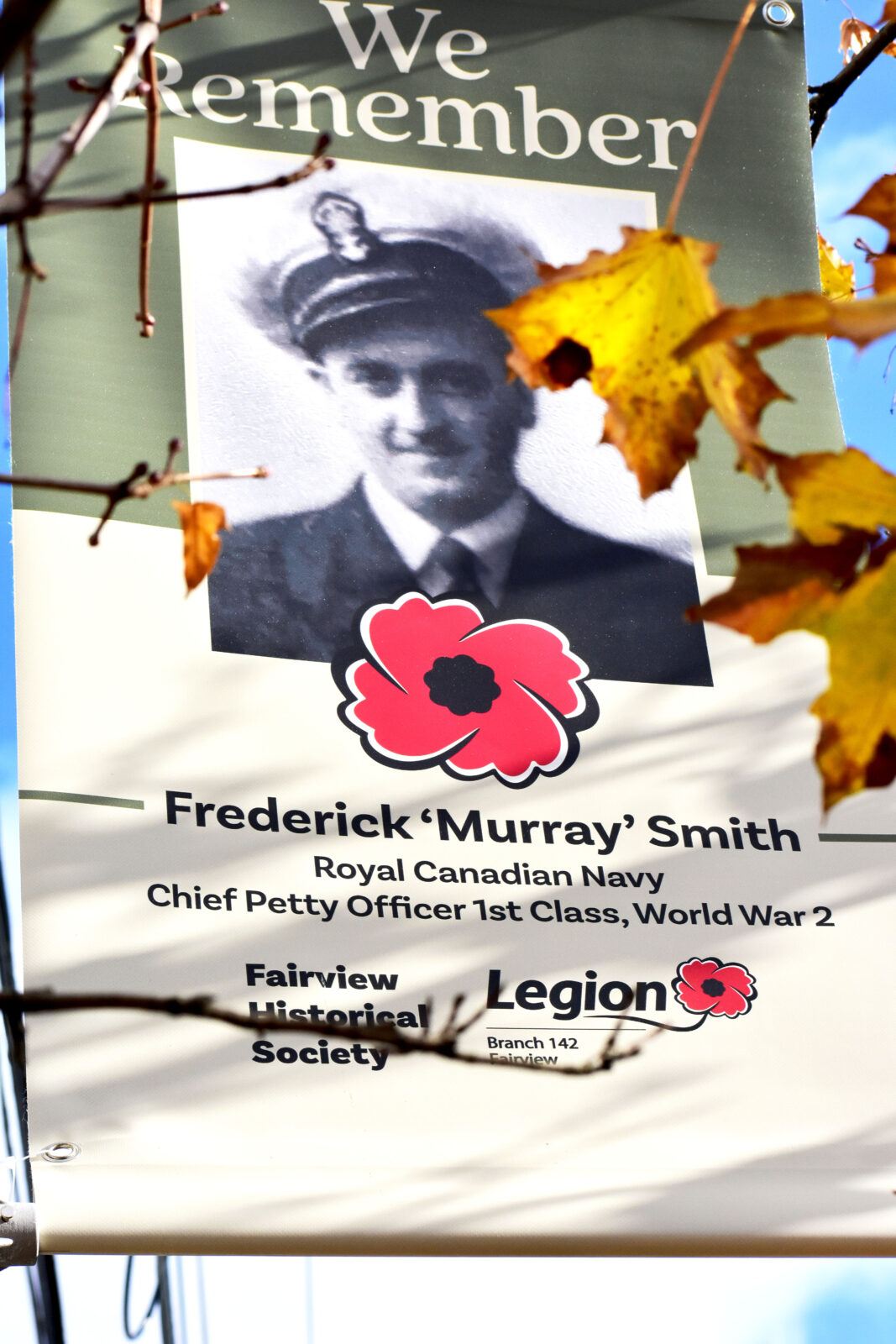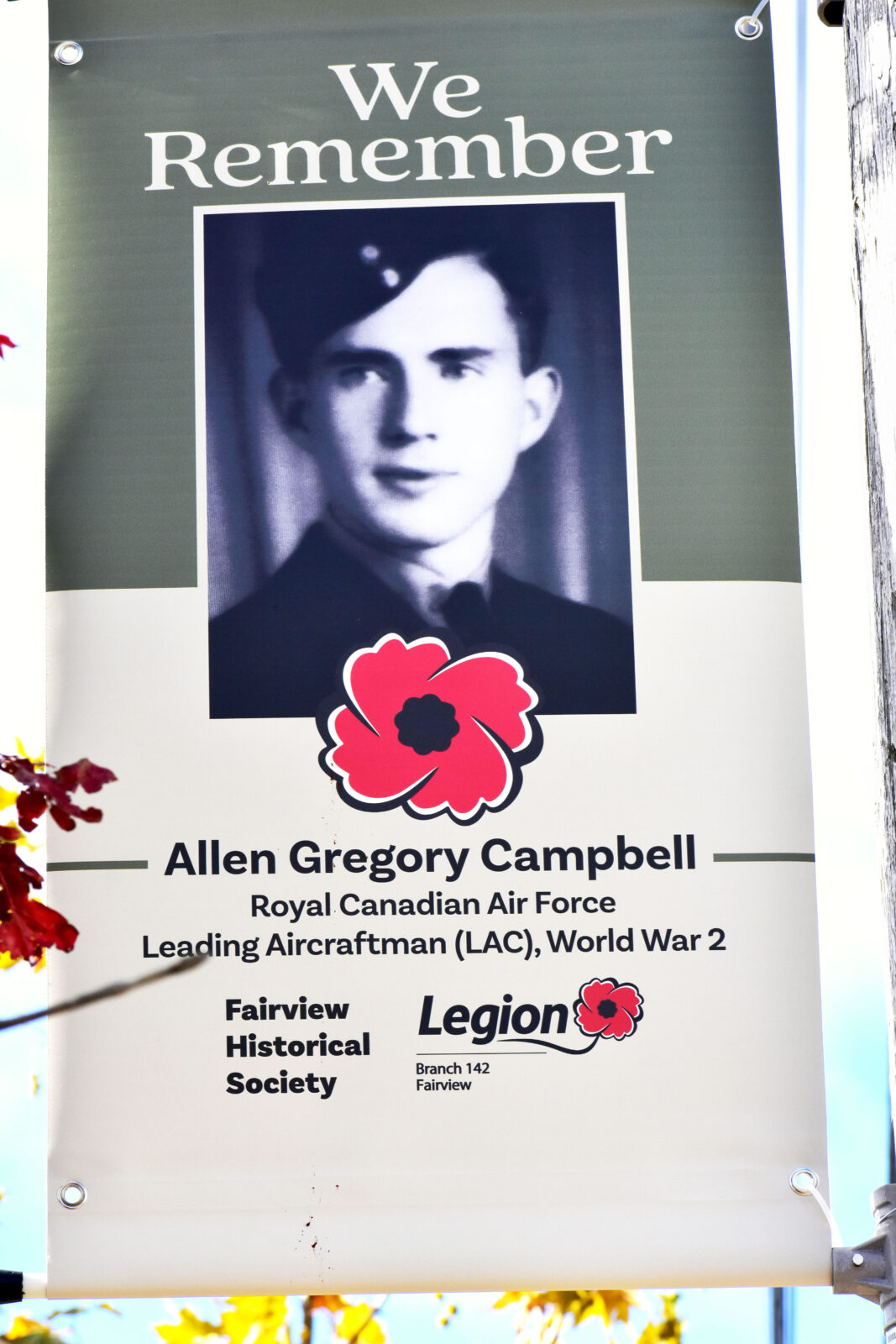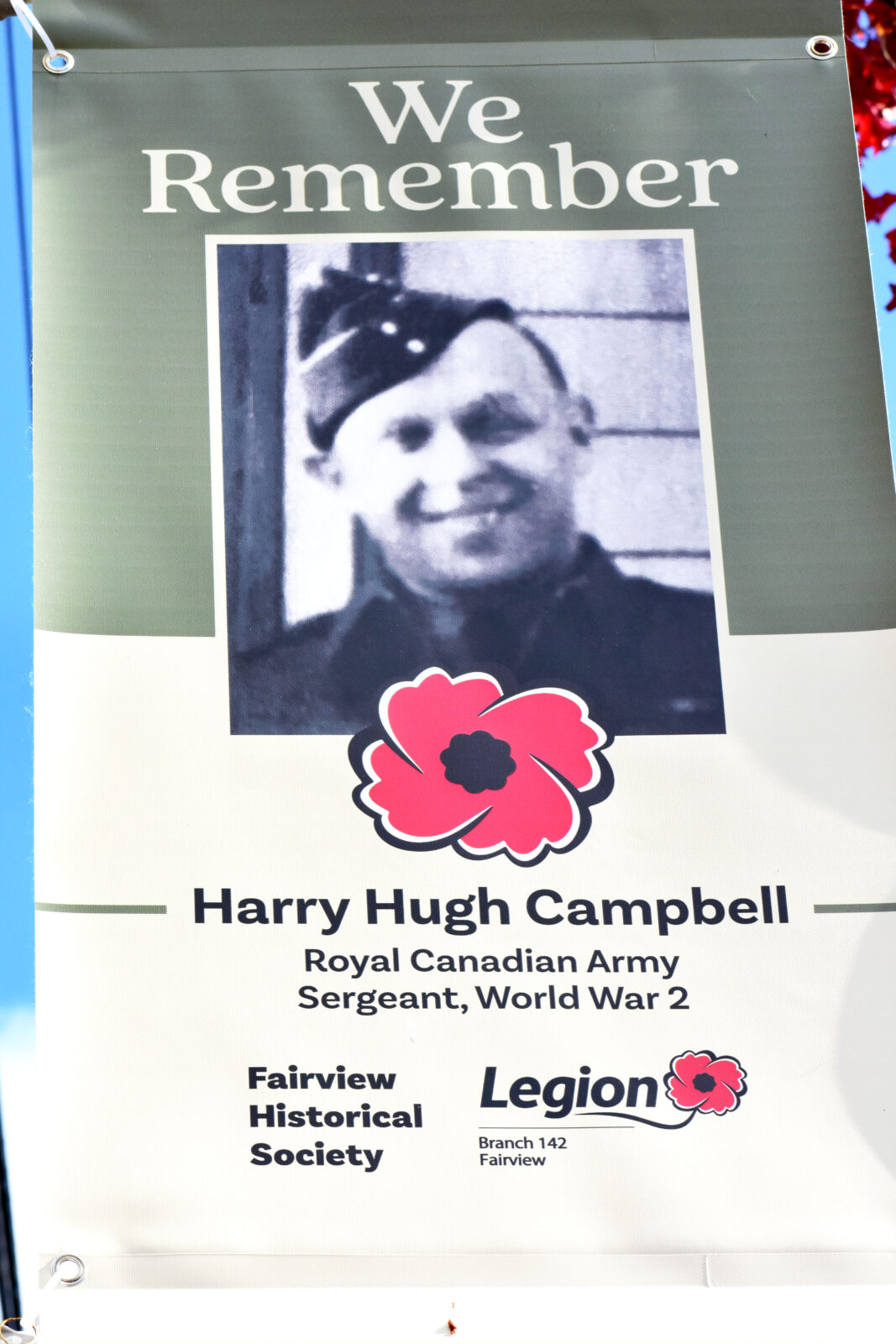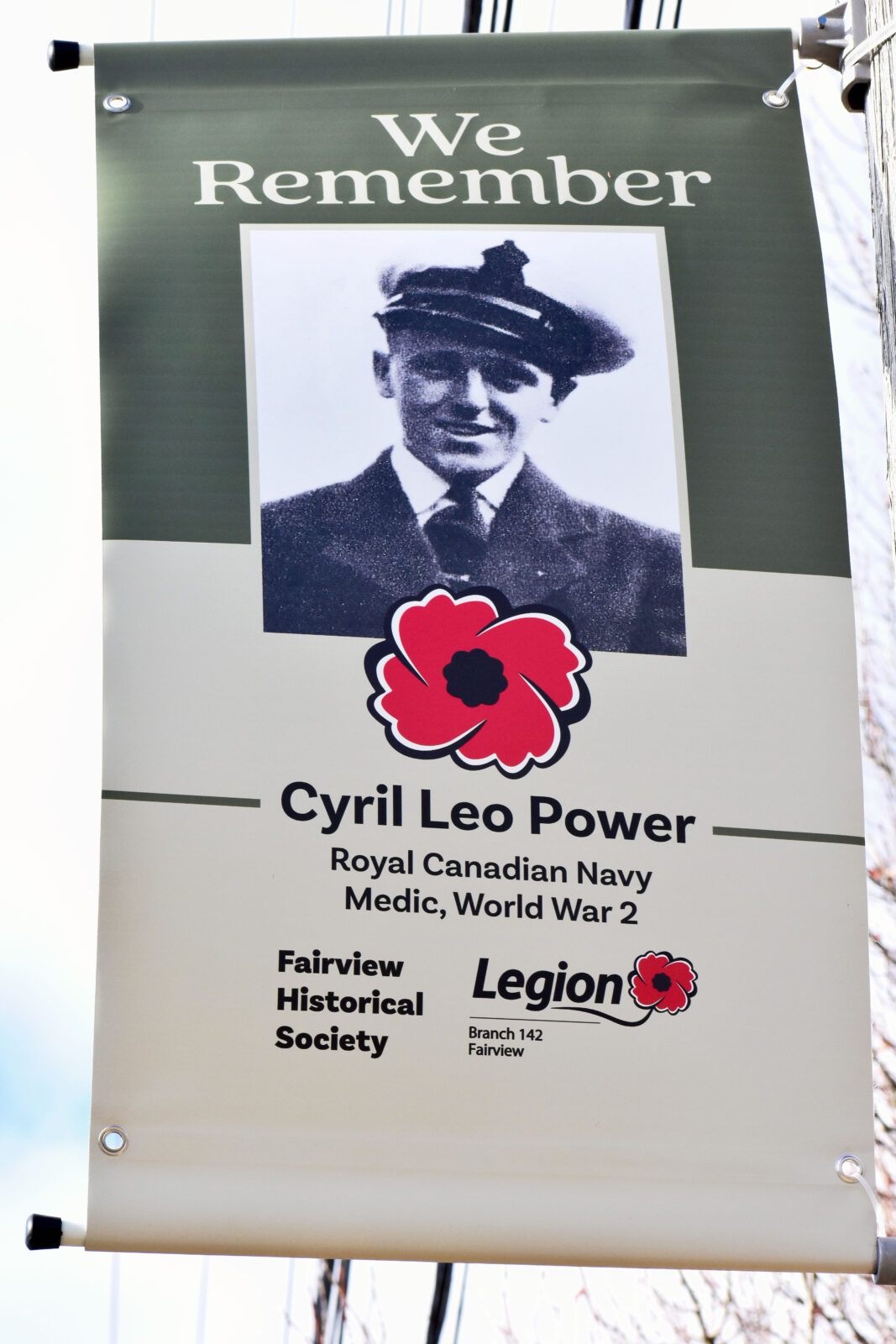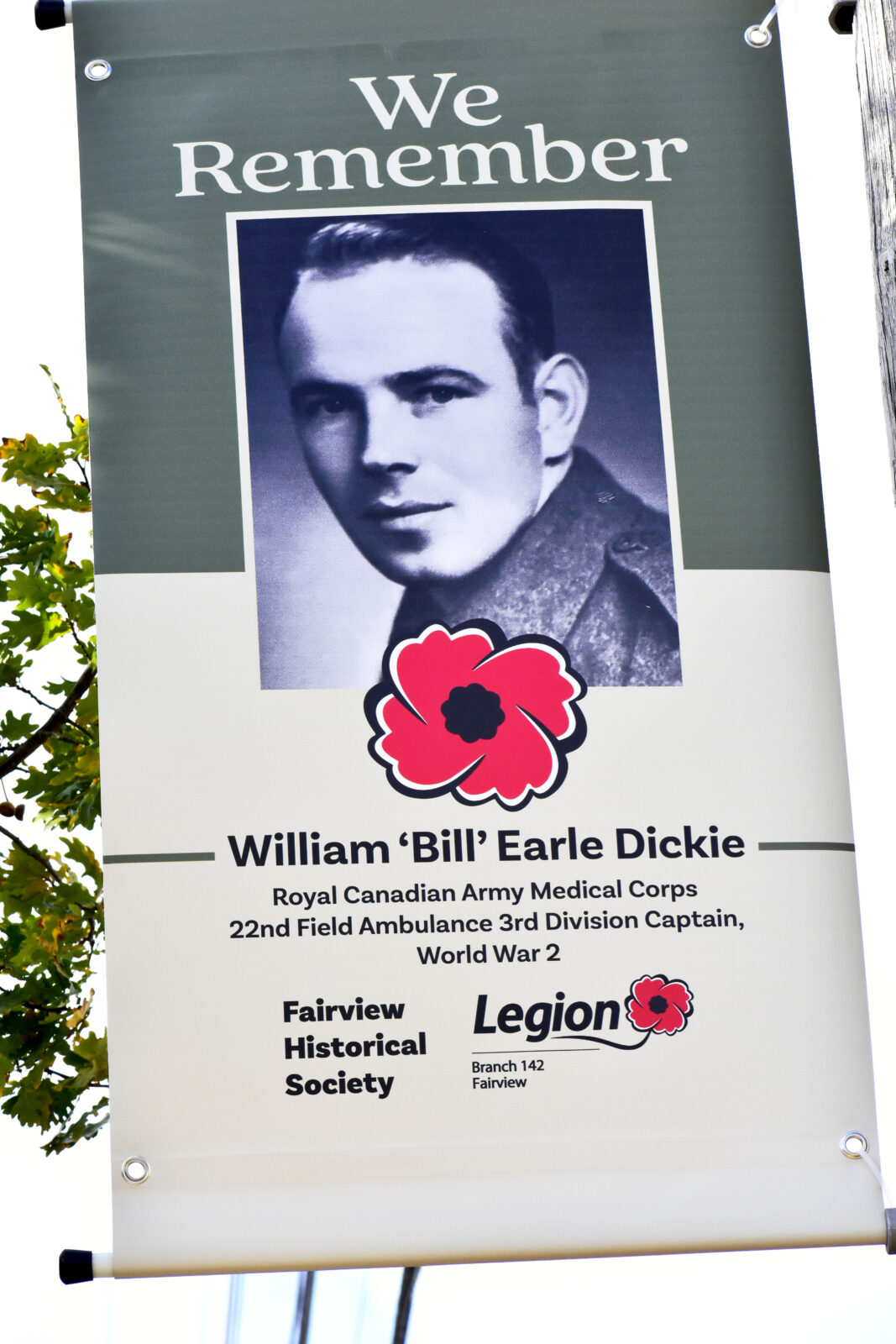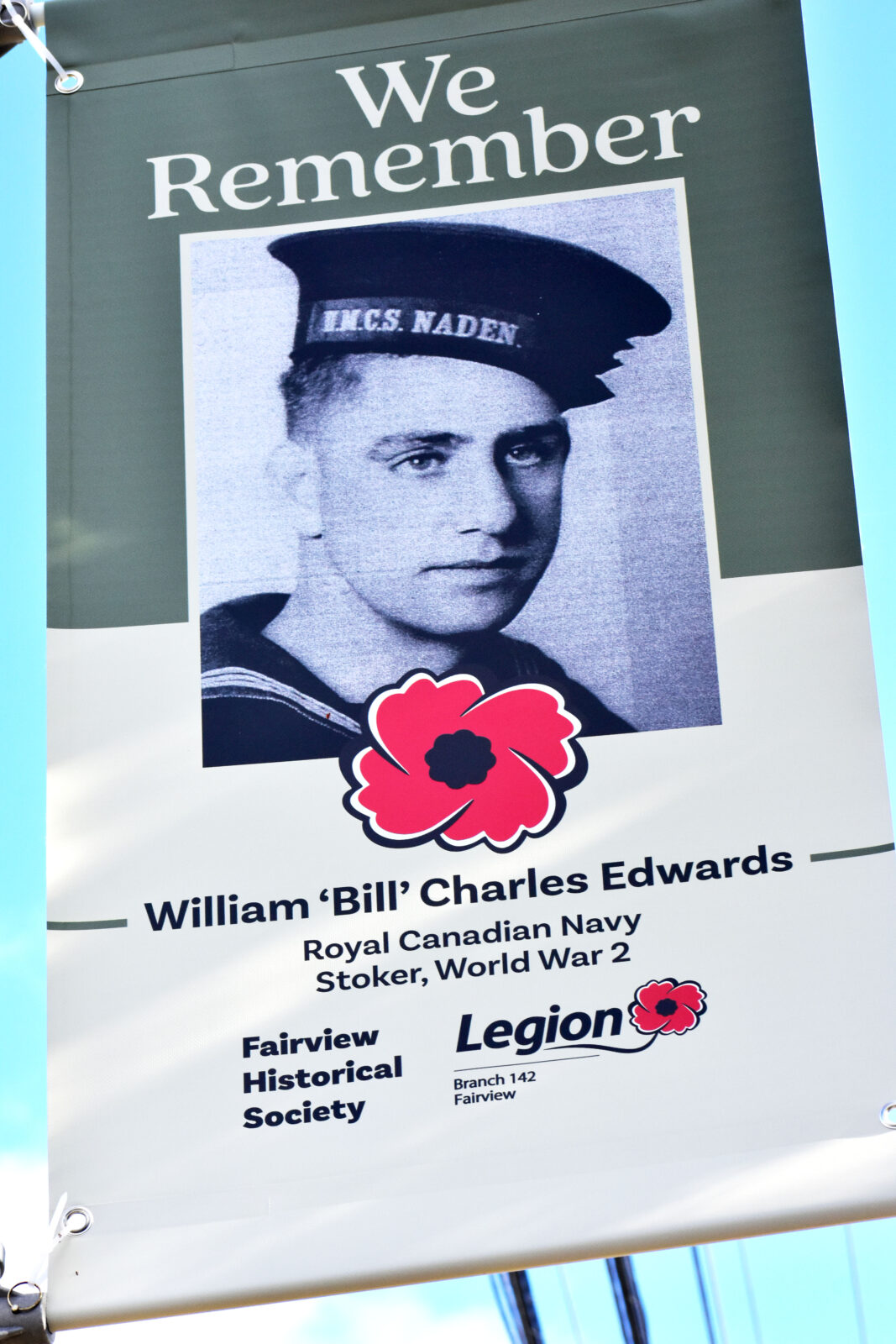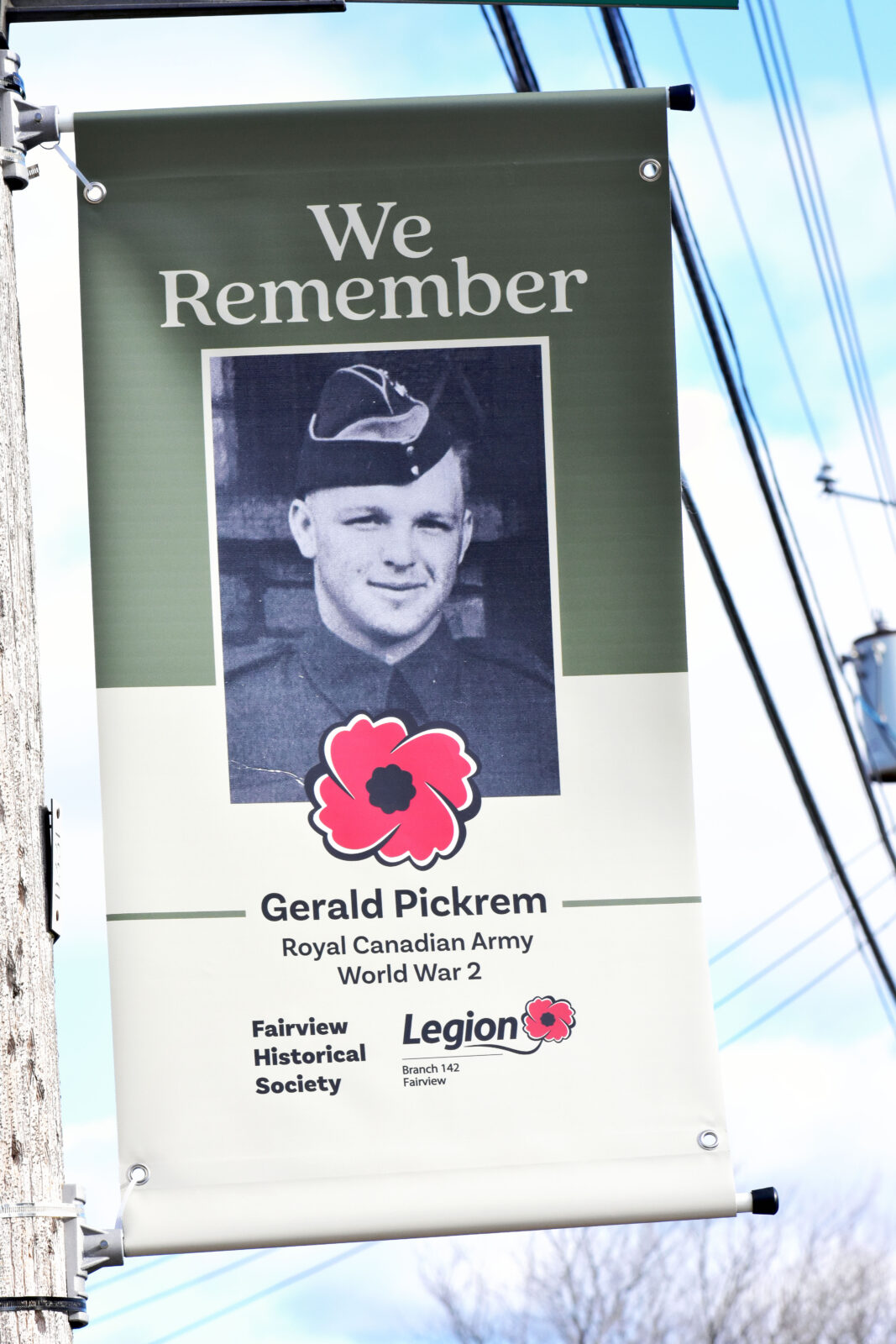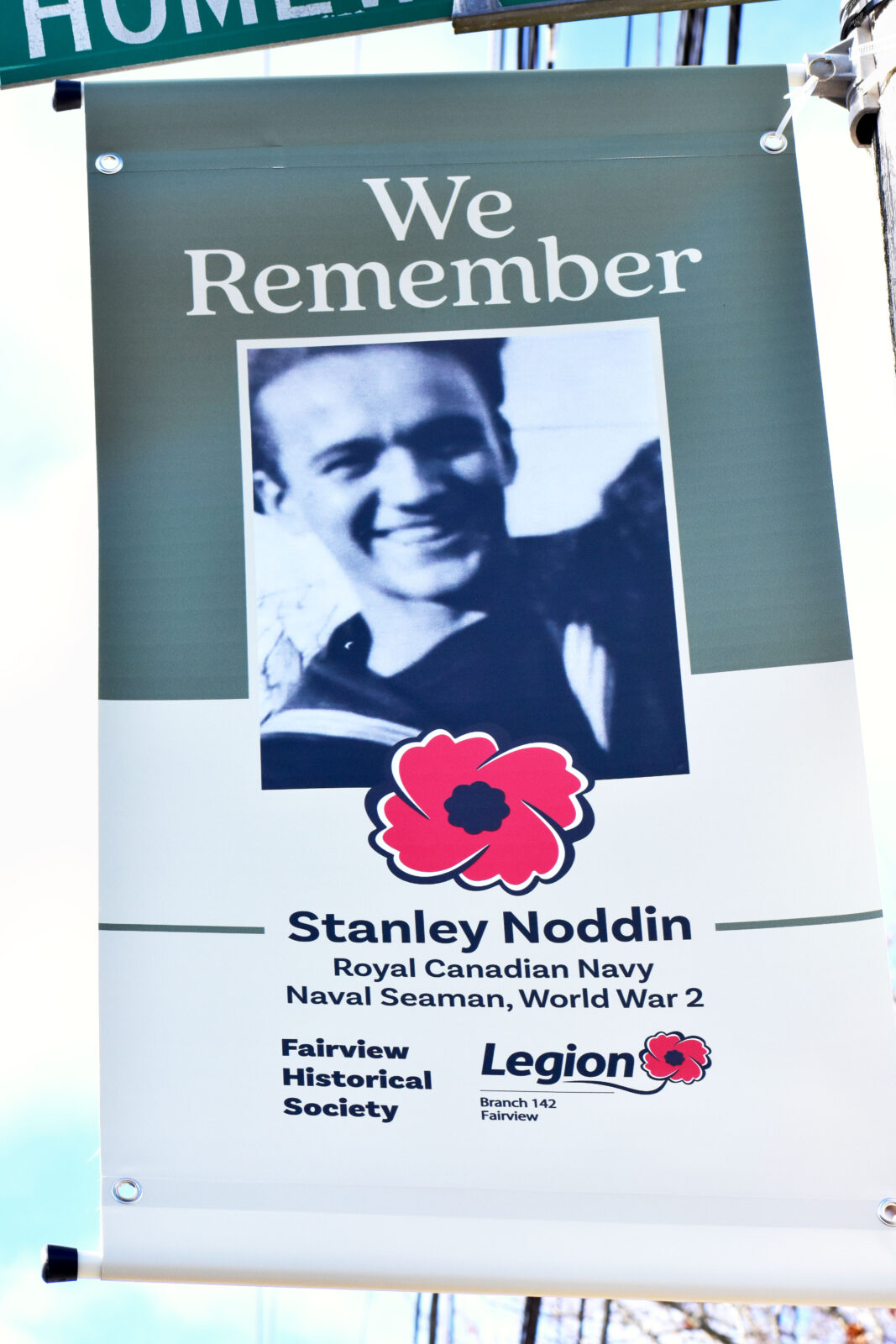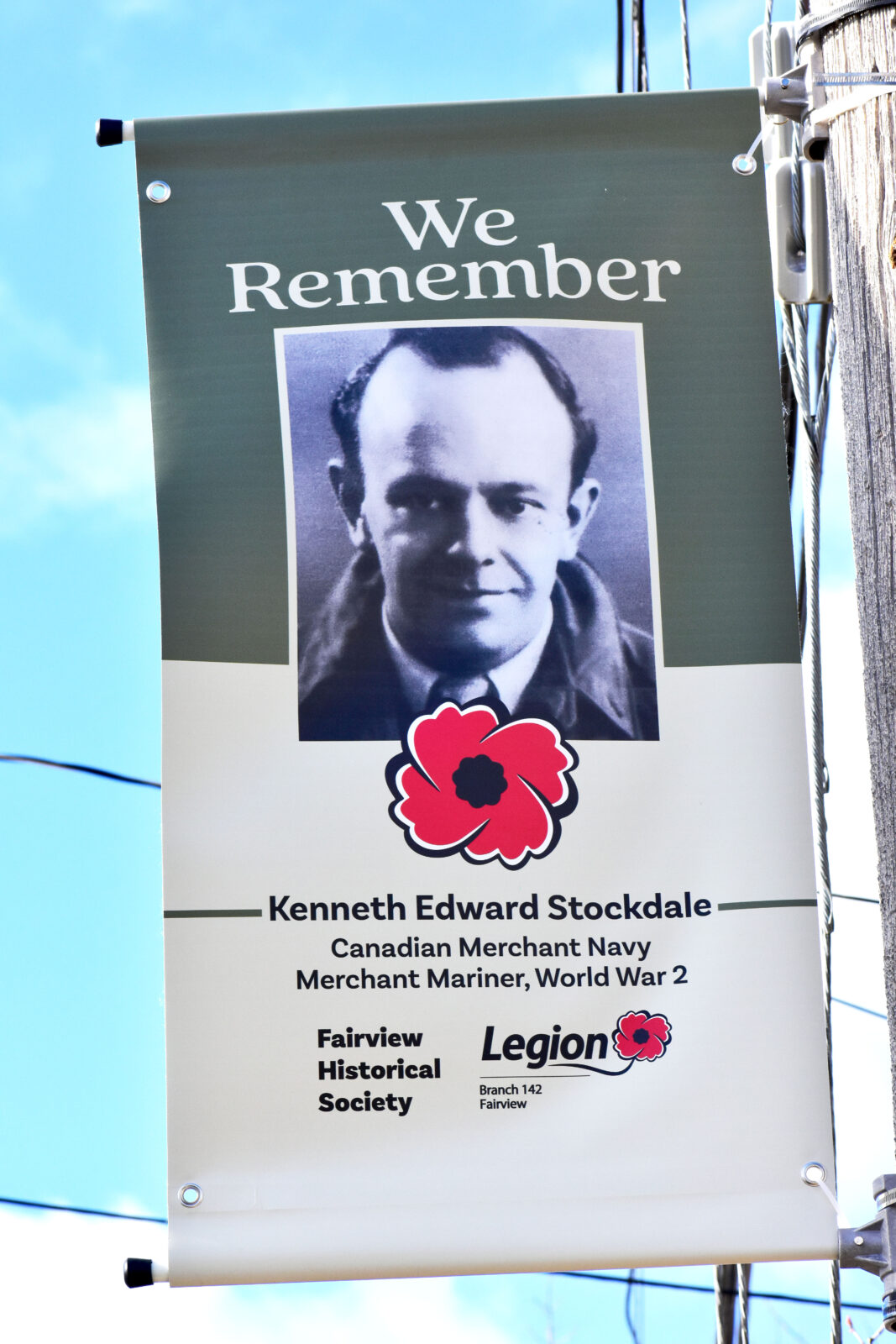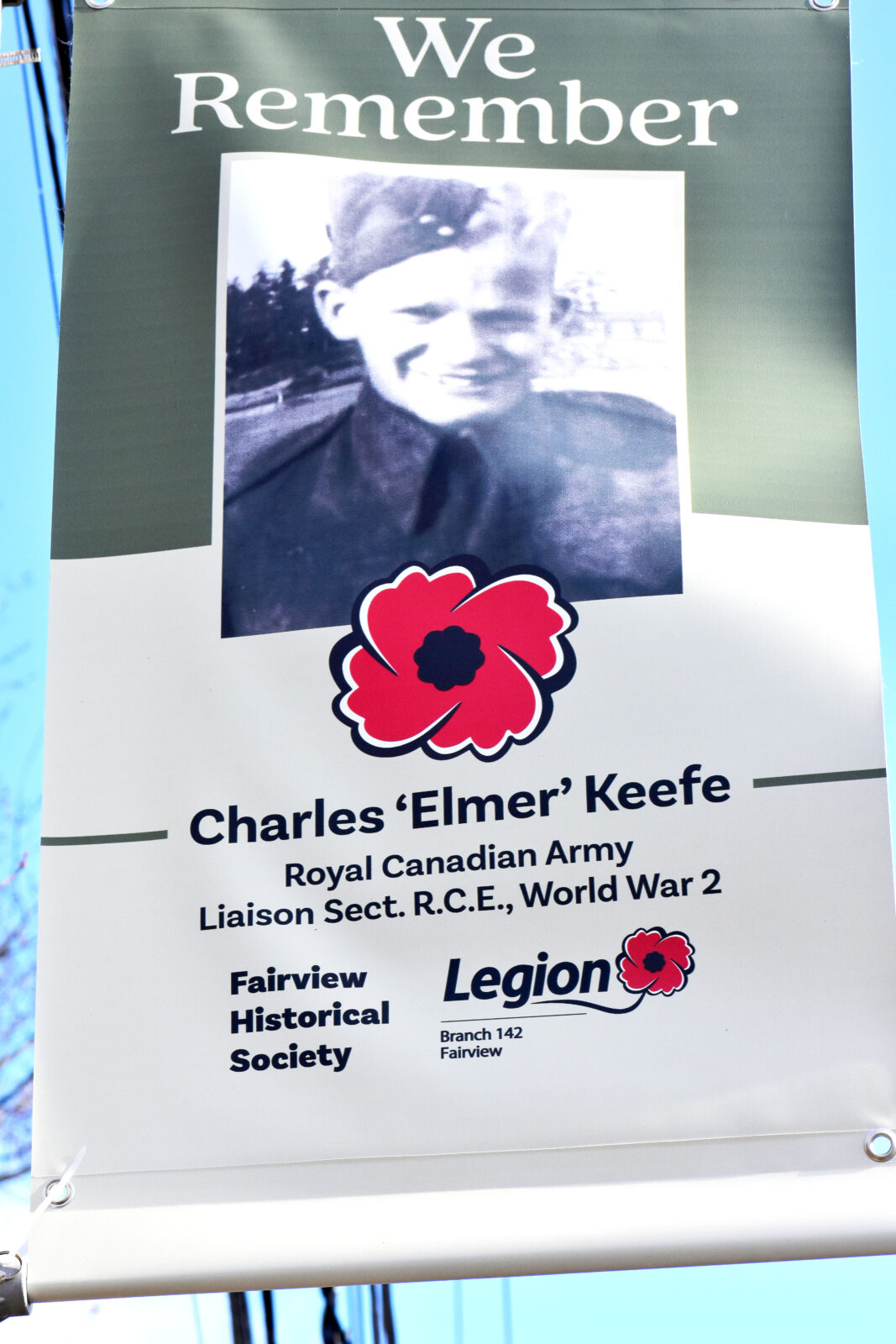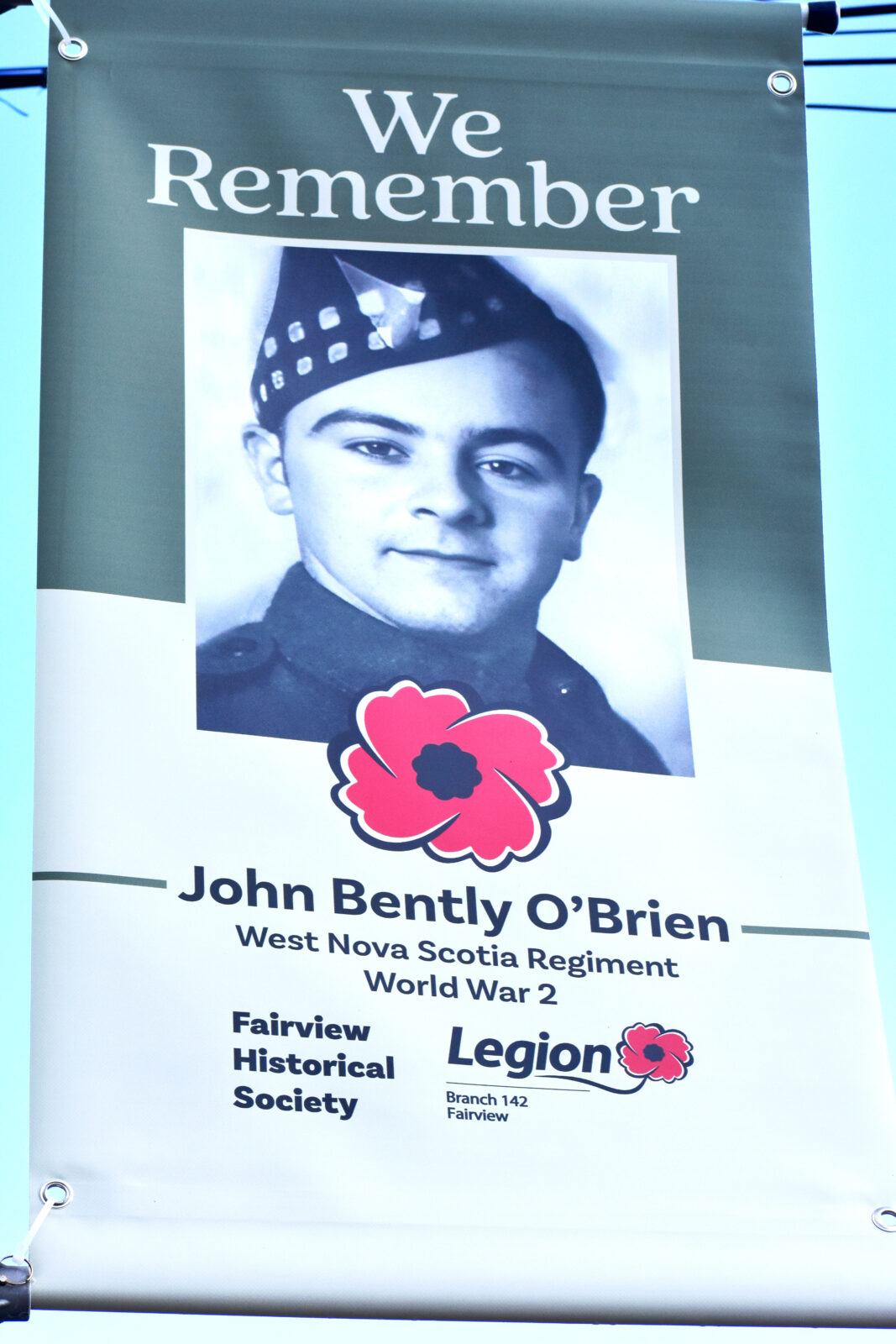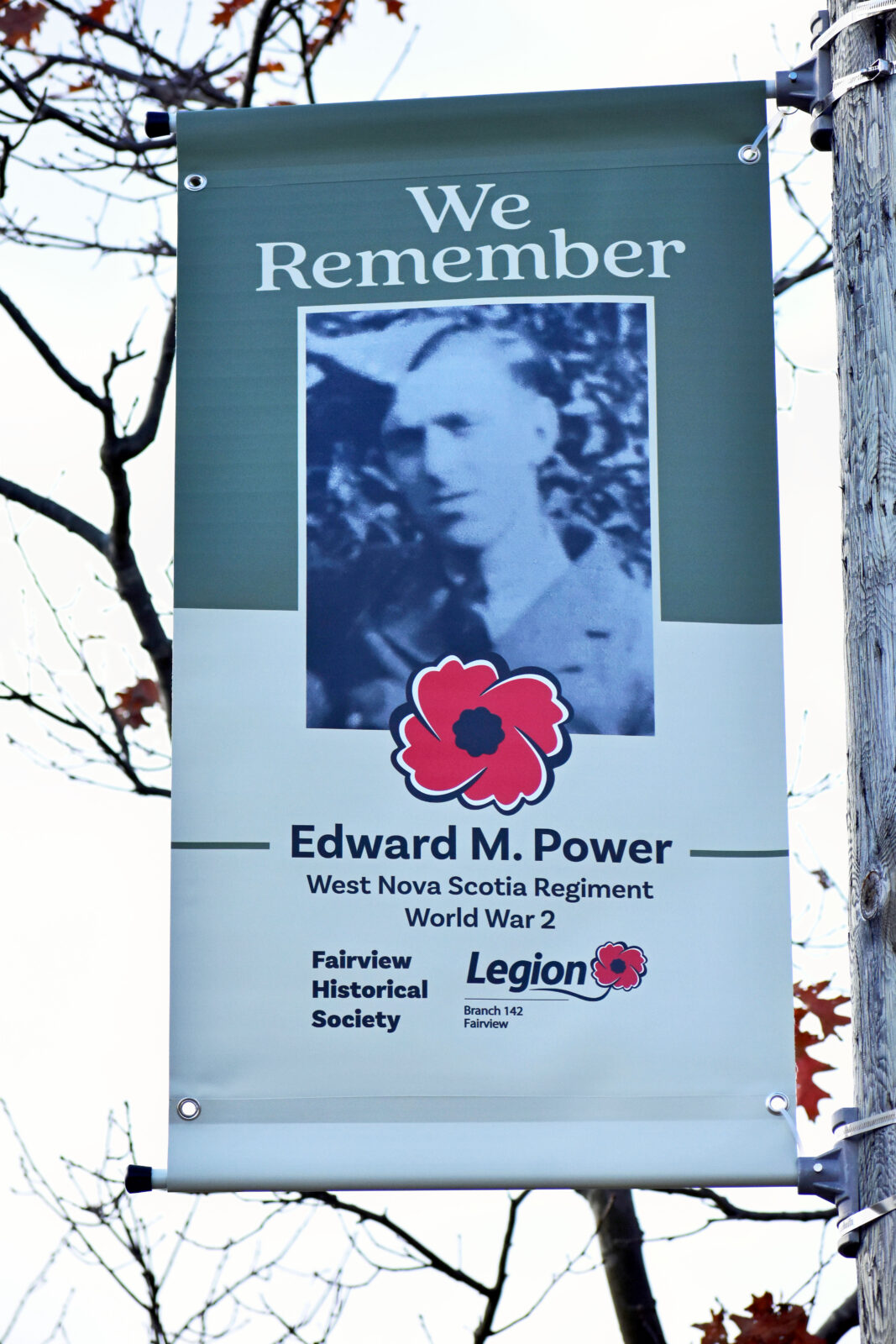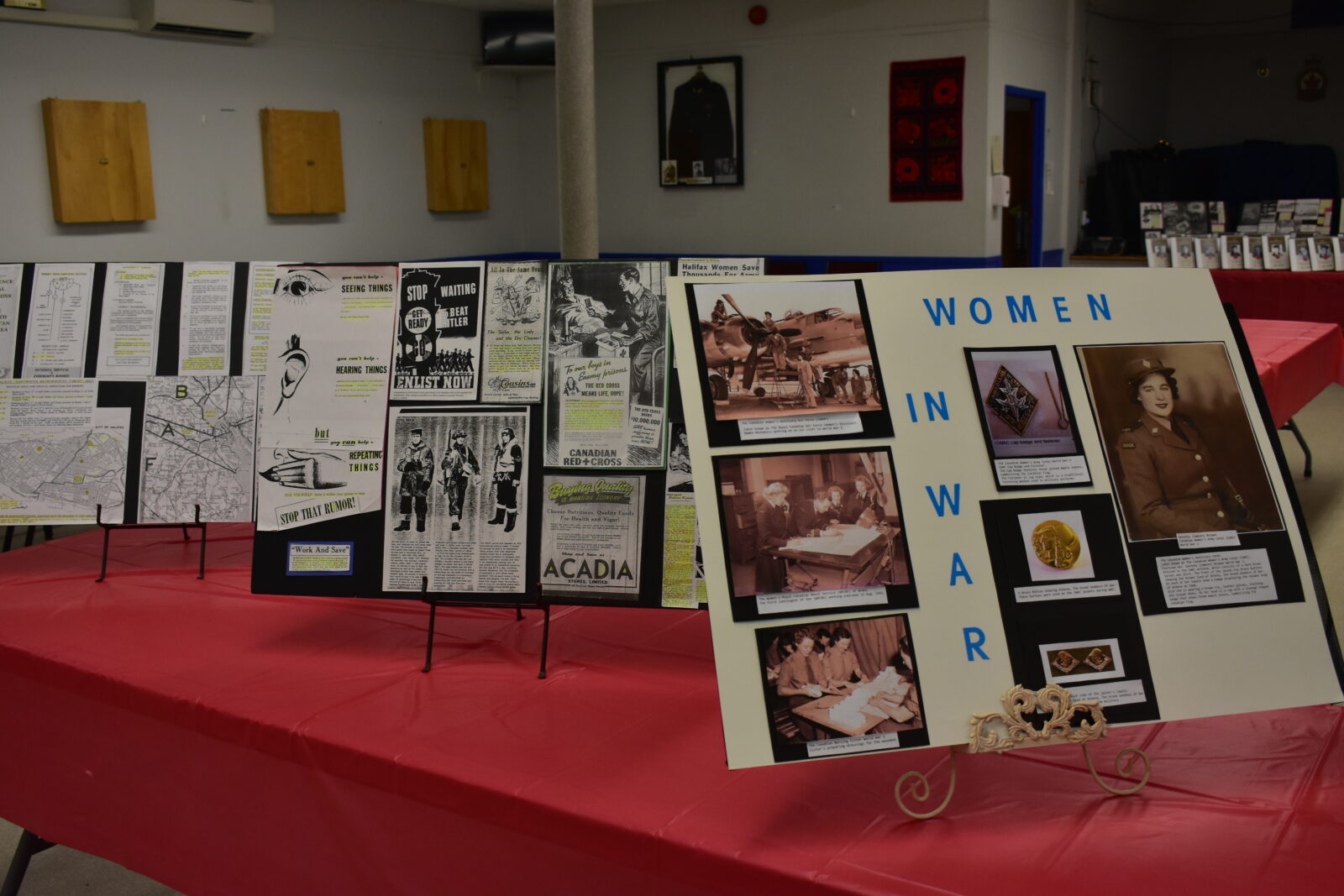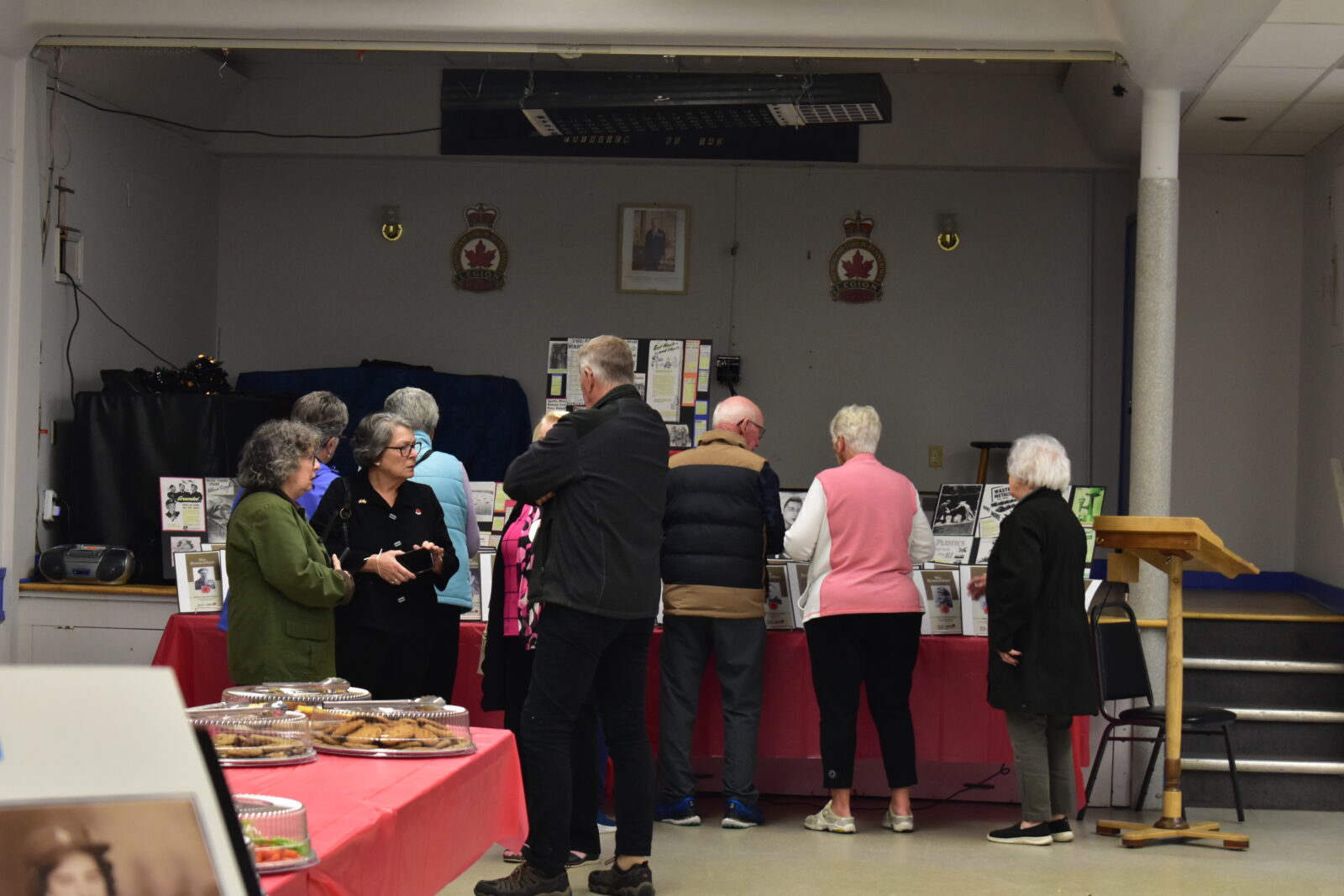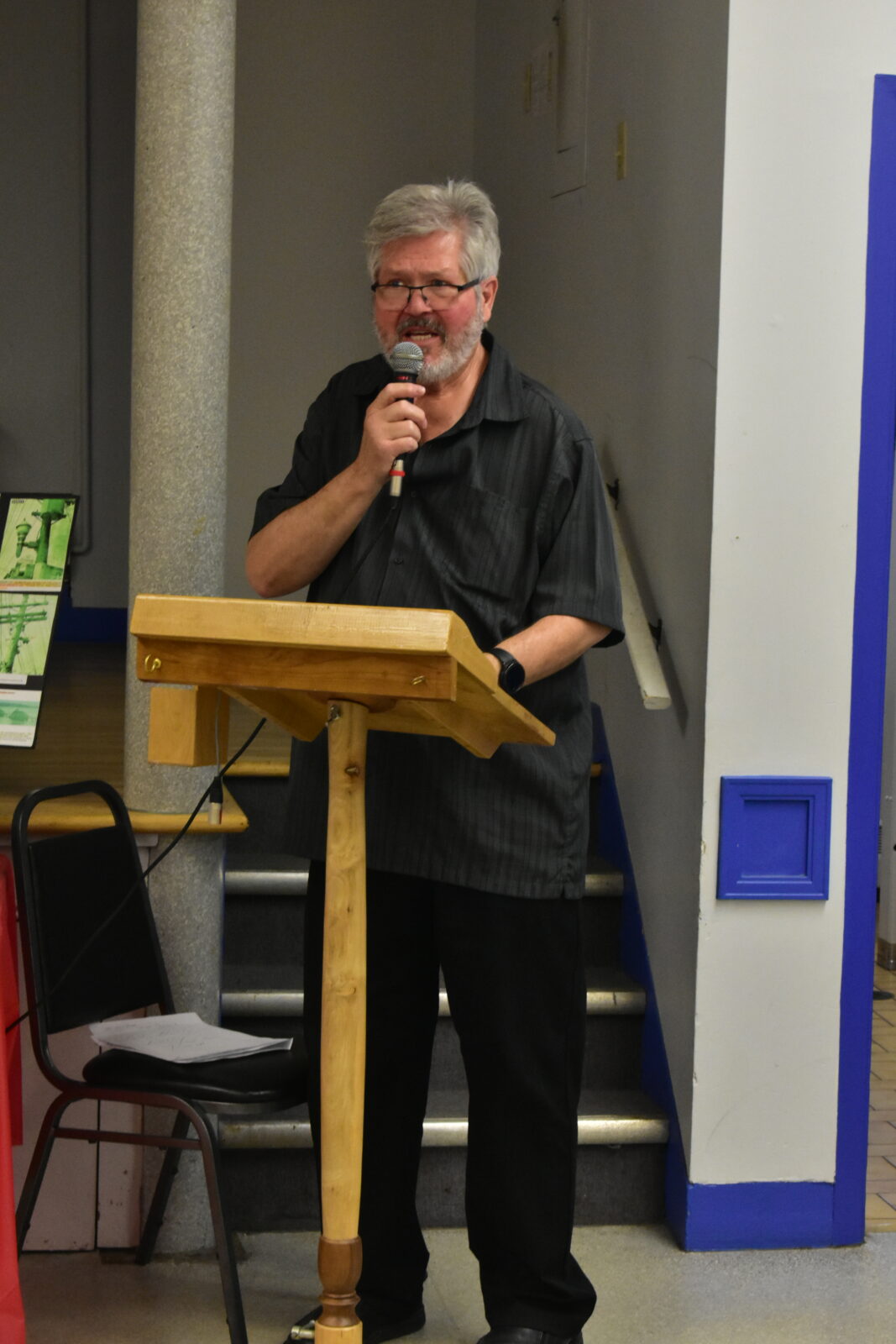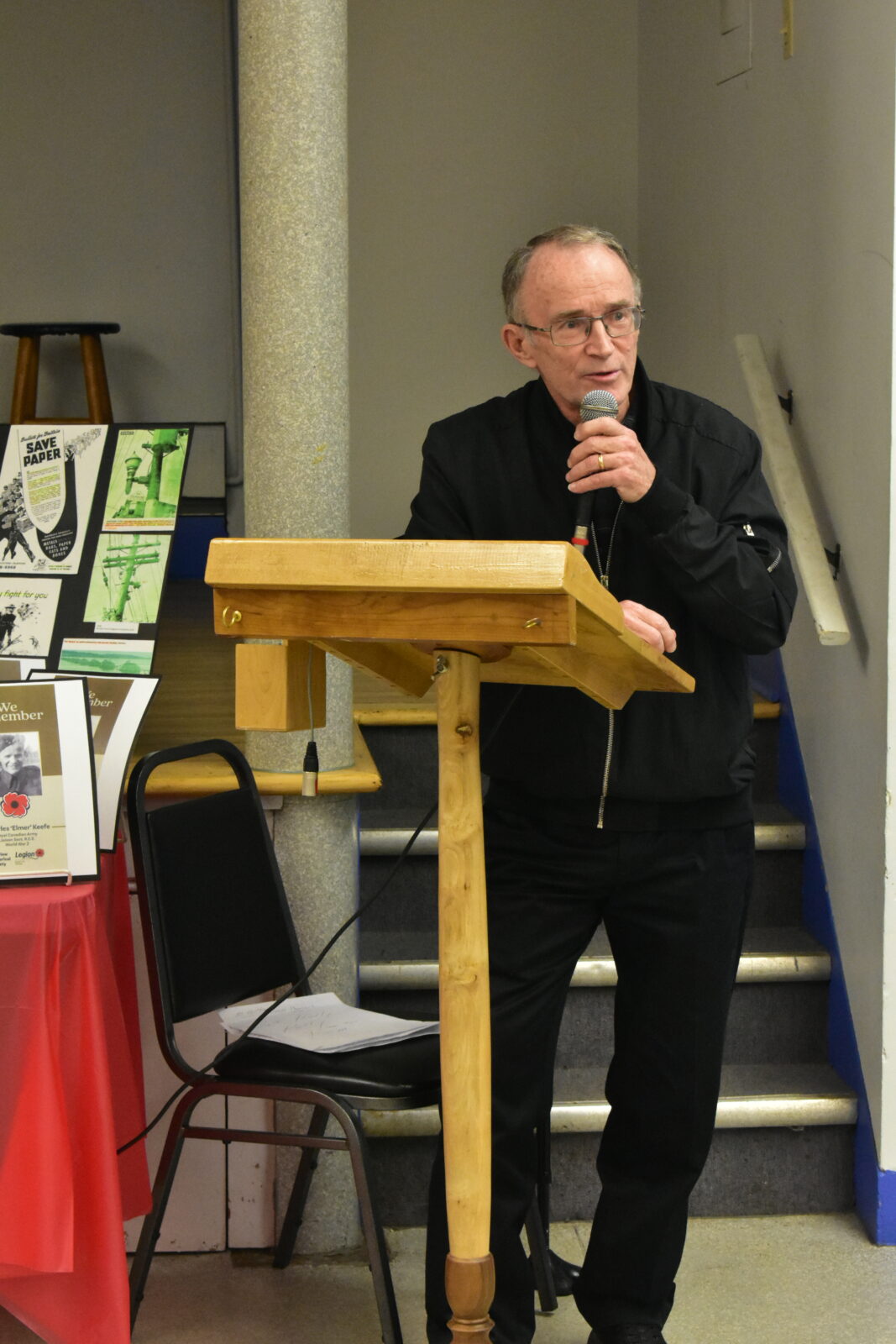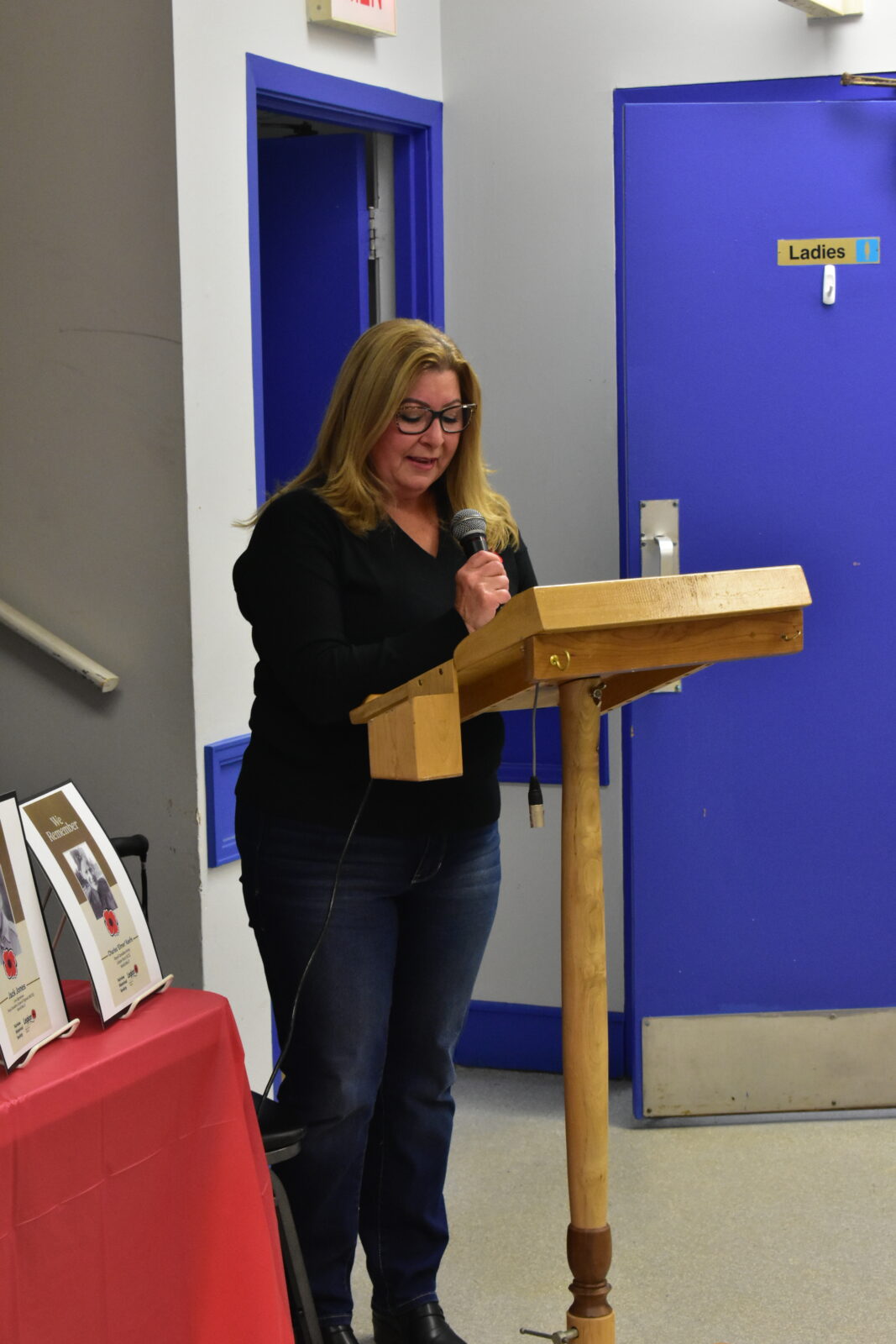Fairview Historical Society Articles Archives
Home – Articles – Videos – eBooks & PDFs – Local Authors – Sponsors – Contact
The Grace Maternity Hospital
Where Life Began For So Many Of Us!
Submitted by: Devonna Edwards
The Grace Maternity Hospital really began in 1906 as a rescue home, which the Salvation Army established on Tower Road in the south end of Halifax. The building was a former school, rather old and dilapidated and that is where the Salvation Army opened a safe haven for ‘fallen women’. The home was known as Harrow House and it gained an excellent reputation for maternity care and many physicians donated their time to what was perceived as a very worthy cause. From its inception it provided a space where unmarried girls could go to have their baby, but after World War 1 it also provided for private patients who were admitted by their doctor. At this time nearly every newborn in Halifax and Dartmouth was born at home, which could be dangerous if complications developed. When an emergency occurred, such as a Caesarean Section being required, such cases could be taken to the Halifax Infirmary Hospital, which was not an ideal situation for newborns and to make matters worse, the Victoria General Hospital had no obstetrics facility. Where the Salvation Army had already made a beginning, the Medical Society felt that they were the best institution to head a new obstetrics hospital. Since Dalhousie University also required a maternity hospital for the instruction of medical students in clinical obstetrics, it gave the Salvation Army a plot of land on Morris Street (now University Avenue); this land had been previously used as a practice grounds for football. Both the Rockefeller and Carnegie Foundations donated a substantial amount towards erection of the hospital.
The Grace Maternity Hospital opened in April 1922, on the corner of Morris and Summer Streets for indigent maternity cases. The hospital was operated by the Salvation Army and it had a highly trained group of doctors for its public and consultation services, with general practitioners using the hospital and consultation services. The hospital began with ten qualified nurses on staff, with seven affiliated nurses involved in a three month internship and eight nurses taking the full maternity program of eighteen months durations; this hospital also provided a special nursery for infants.
At first Halifax and Dartmouth women were reluctant to go into the hospital to deliver their babies, but that changed in future years. During the first two years approximately 500 patients per year were admitted to this facility; prenatal care was situated in a Prenatal Department in the Dalhousie Public Health Centre.
The Grace’s Hospital beds soon filled up and eventually the Halifax Infirmary had to set up a Maternity Annex in a home on Coburg Road to accommodate the additional expectant mothers.
The Grace’s Hospital was poorly designed and cheaply constructed and in future years became increasingly inadequate, so it was decided to build a new (west) wing in 1949, which made the outpatient facilities both more efficient and convenient. It also provided an area close to the Case Room where patients could be monitored and move about freely during the long first stages of labour. In 1956, due to the ever-growing communities of Halifax and Dartmouth, a new (east) wing was built. This new space provided a whole floor for high-risk prenatal mothers-to-be to be properly supervised. It also enabled them to move the Prenatal Clinic, Postnatal Clinic and Well-Baby Clinic from the Dalhousie Public Health Centre into the older section of the Grace Hospital, providing complete maternity facilities under the same roof.
The Grace had five floors and a basement, in which the cafeteria was situated, as well as the laundry facilities. The first floor consisted of patient rooms, conference room, business office, administration office and chapel. The second floor housed the nurseries: Nursery A, Nursery B, Nursery C and the Special Care Unit where the premature or ill babies were kept, most of them in incubators. The delivery rooms and surgical theatres were located on this floor as well. High risk patients were housed on the third floor, the majority on bed rest, while the fourth and fifth floors contained patient rooms.
By the 1980s the old Grace Hospital was in desperate need for a new building and plans for a new hospital began. In 1992 a new Grace Maternity Hospital opened across the street from the old hospital on University Avenue. The new hospital amalgamated with the Izaak Walton Killam (I.W.K) Children’s hospital, linking the administrative and operational services. The Salvation Army gave most of its assets to the new hospital and partnered with the I.W.K. When the two establishments combined it was called The Izaak Walton Killam-Grace Health Centre for Children, Woman and Families which became a ‘mouthful” to say. It was soon shortened to the IWK-Grace Hospital.
Hat-Trick
Previously medical students from Dalhousie University had to learn to do deliveries by witnessing four births at the Poor House, where many unmarried girls had their babies. The situation there was rather ridiculous as the doctor who conducted the deliveries was a Dr. Trenaman, who carried out the deliveries “under the blanket”.
Dr. H. B. Atlee, who was chief of staff at the Grace Hospital for many years, told this story: “Four or five of us medical students sat on a long bench against a wall of a large room; the bed of the patients was about thirty feet away against the opposite wall. Dr. Trenaman sat in a chair next to the bed with a large elderly nurse attending him, both partly obstructing the view. From time to time the doctor would run an un-gloved hand in under the blanket until finally, like a stage prestidigitator bringing a rabbit from a silk hat he drew forth the baby and held it up for us to see. That, apart from tying and cutting of the cord, was all we saw. Dr. Trenaman crossed the room and said to us, ‘Gentlemen, that’s the proper way to deliver a child….a woman’s private parts should never be exposed to the male gaze’. All that changed when we moved to the new Grace Hospital, and for the first time Dalhousie’s medical students came to grip with the realities of obstetrics and began to get training to commensurate with the importance of pregnancy and childbirth to society “.
Too Young to Die!
The Old Burial Ground on Barrington Street in Halifax contain many graves of young women who died after giving birth. Until the late 1800s it was common for doctors not to wash their hands before surgery or before delivering babies. The doctors and medical students often moved from dissecting corpses to examining patients without washing their hands. Their patients included women in the midst of delivery or new mothers who had just given birth. After dissecting, doctors often just wiped their hands on their lapels. Puerperal or Childbed Fever, caused by ‘sepsis’, was the result of unwashed hands and the mortality rate in obstetrical clinics was tremendously high for both mother and baby. In the 1840s a Hungarian doctor by the name of Ignaz Semmelweis, while working in the Vienna General Hospital in Austria, discovered that by the mere washing of hands with soap and water followed by washing in a chlorine solution could reduce the number of women dying after childbirth from Puerperal or Childbed Fever. He also taught that all utensils or instruments should be cleaned in a similar fashion. He demanded that patient’s bed sheets be changed often, at that time it was commonplace to put patients in unclean bed sheets that another patient had previously occupied.
Ignaz Semmelweis, due to his cleanliness beliefs was ridiculed and scorned by his peers who thought that Puerperal Fever was caused in a number of ways, including improper functioning of the bowels in which they thought a good laxative, a sound purge, would help. Others decided that Puerperal Fever was caused by insufficient contractions of the uterus. Still other doctors concluded that overcrowding, poor ventilation and Miasma (germs polluting the atmosphere) were the problem. Suppression of the secretion of milk was another popular belief that caused the fever.
It was well into the late 1890s before doctors realized the importance of Semmelweis’s discovery and finally implemented his procedure into their everyday practice; he is considered a pioneer of antiseptic procedures. Today he is honoured all around the world in so many ways. In 1906 a statue of him was unveiled in Budapest, Hungary, and a University was named after him there as well. The Semmelweis Museum of Medical History is located in the house where he was born in Hungary. A hospital in Vienna, Austria, the Semmelweis Klinik (clinic) which is a hospital for women and two other hospitals in Hungry, the Semmelweis Hospital in Miskoic and the Semmelweis Hospital in Kiskunhalas all carry his name. A coin and a postage stamp were produced with his picture on it and a bust in his image was unveiled at the Queen Mary University of London in 2023.
Isn’t it sad that this man, known as ‘saviour of mothers’ did not live to see the world wide acceptance of his life saving techniques.





